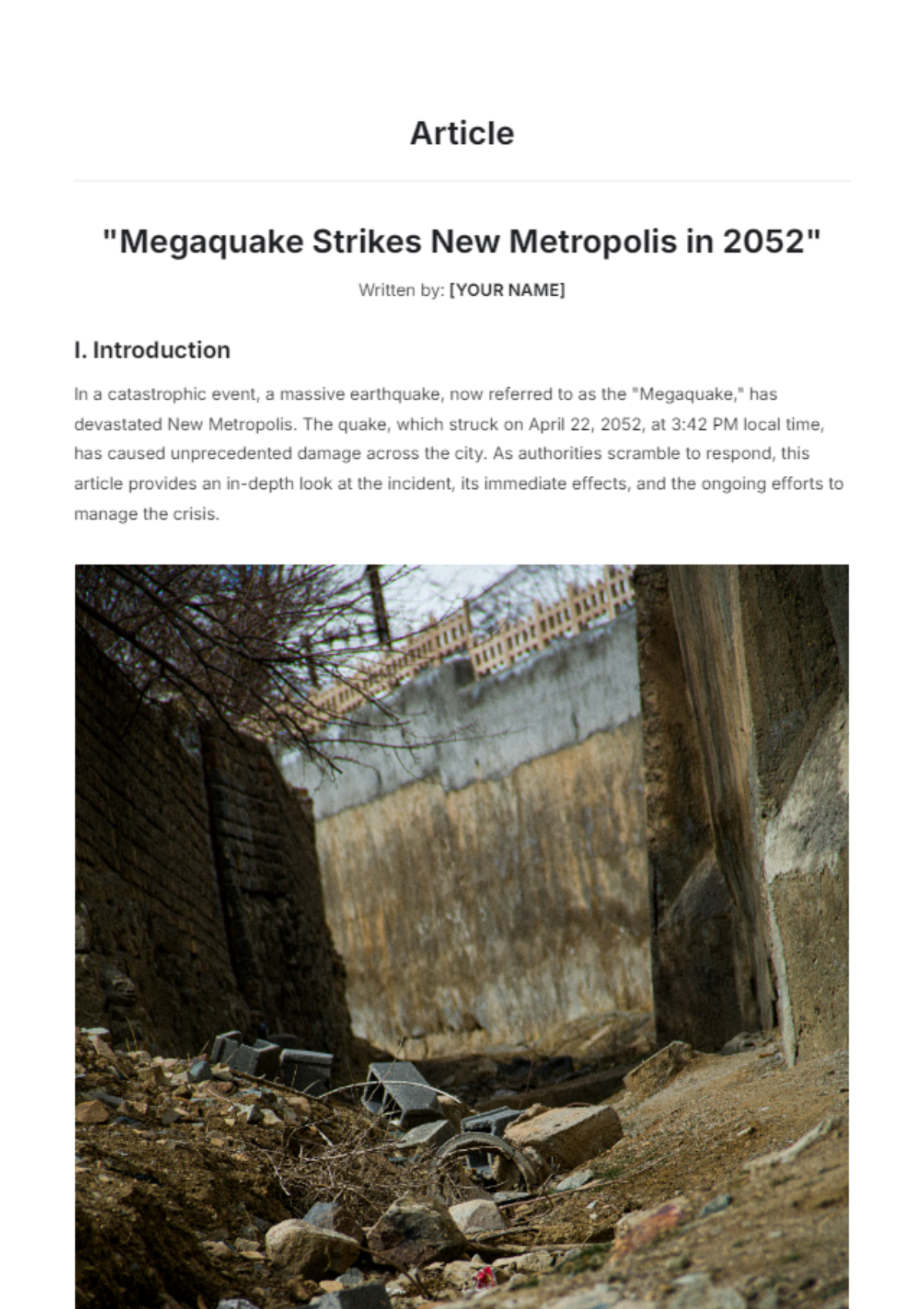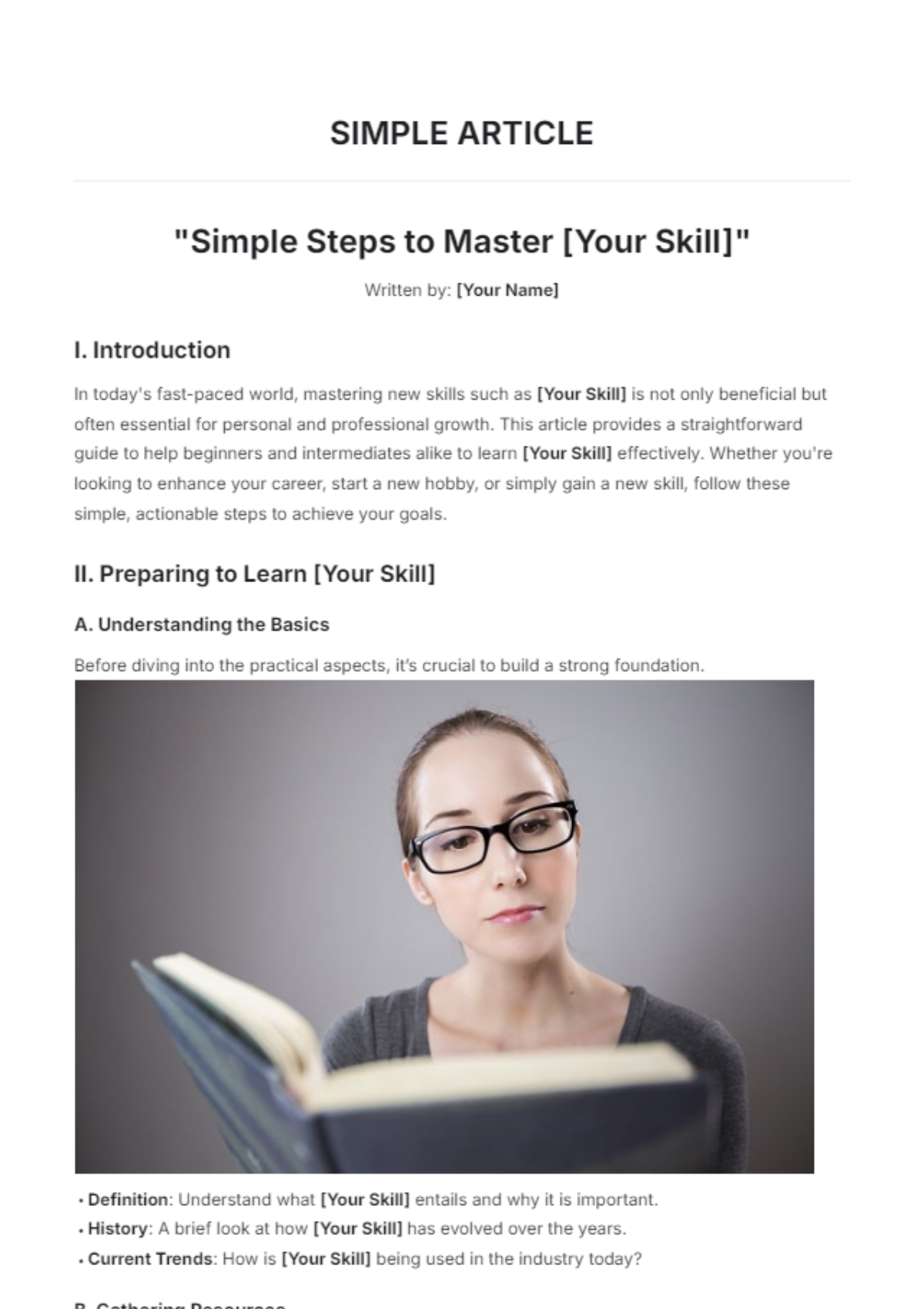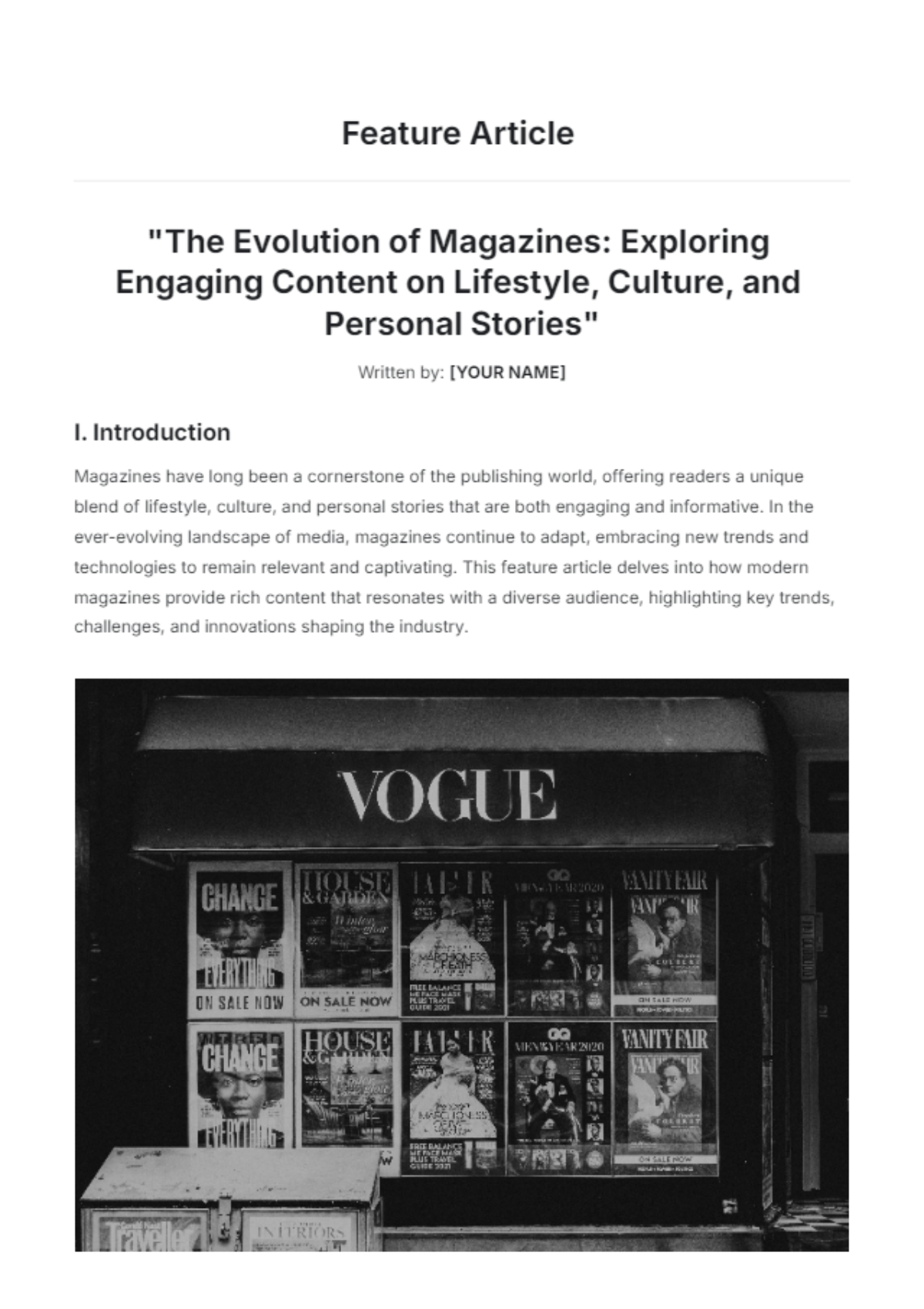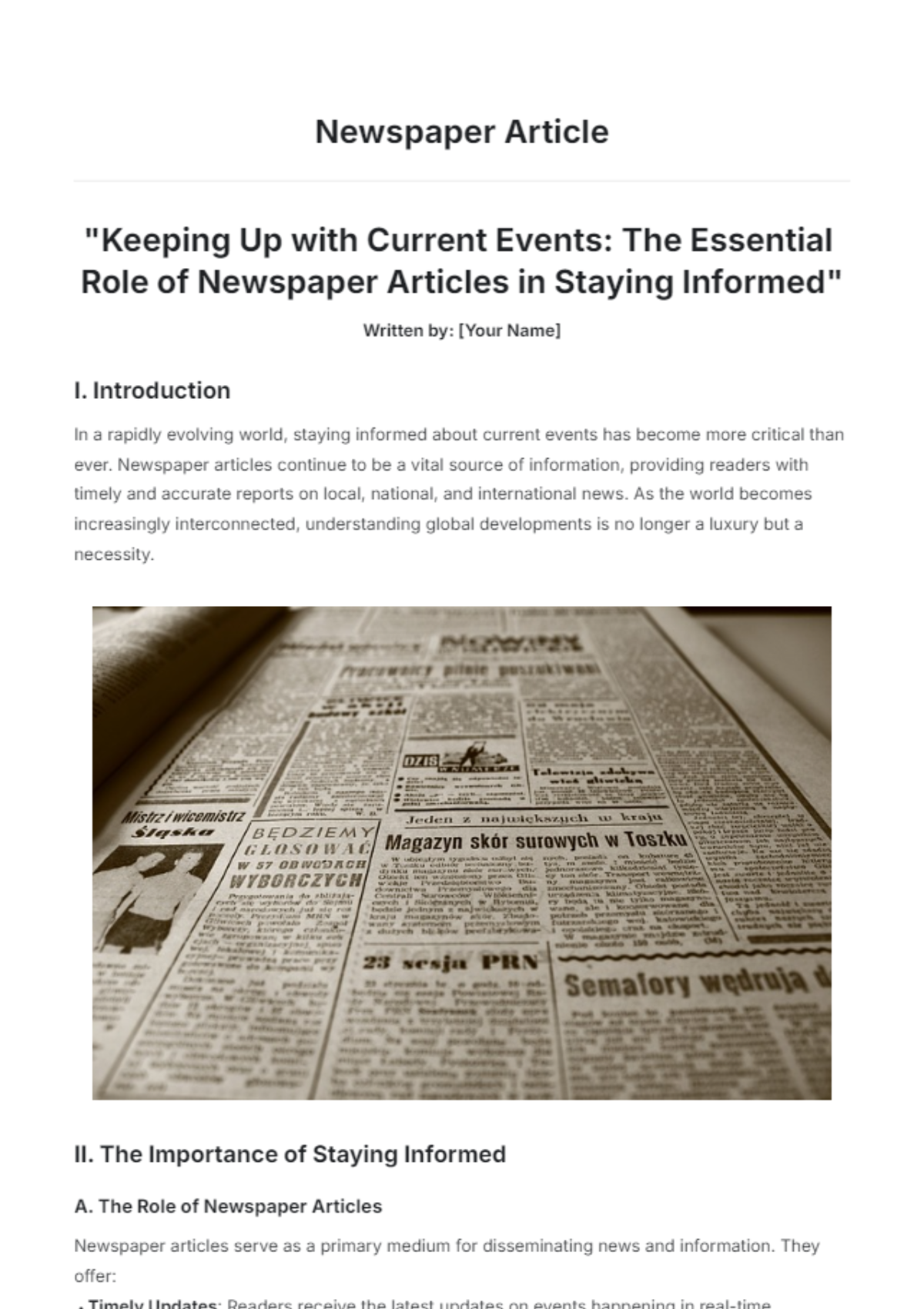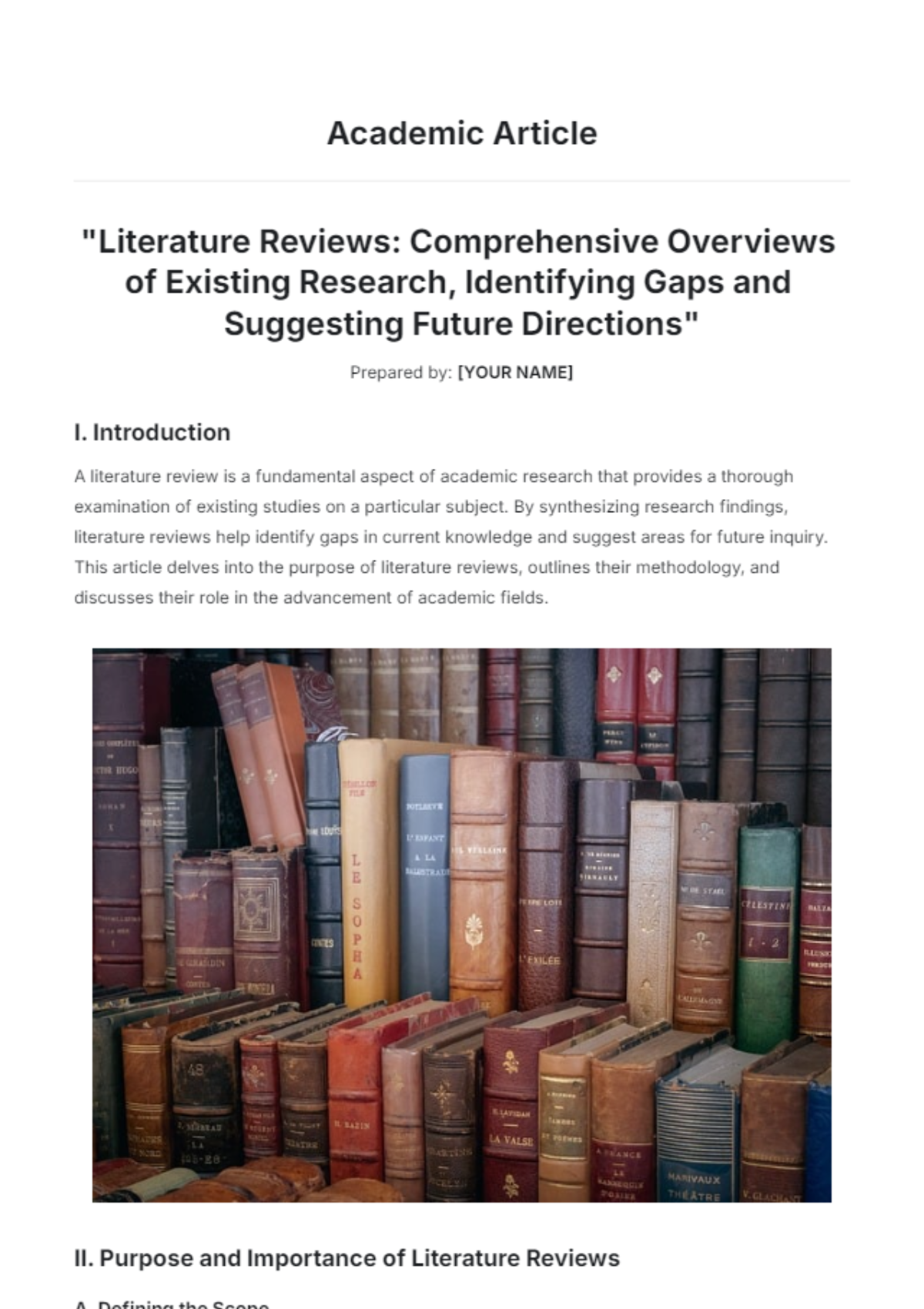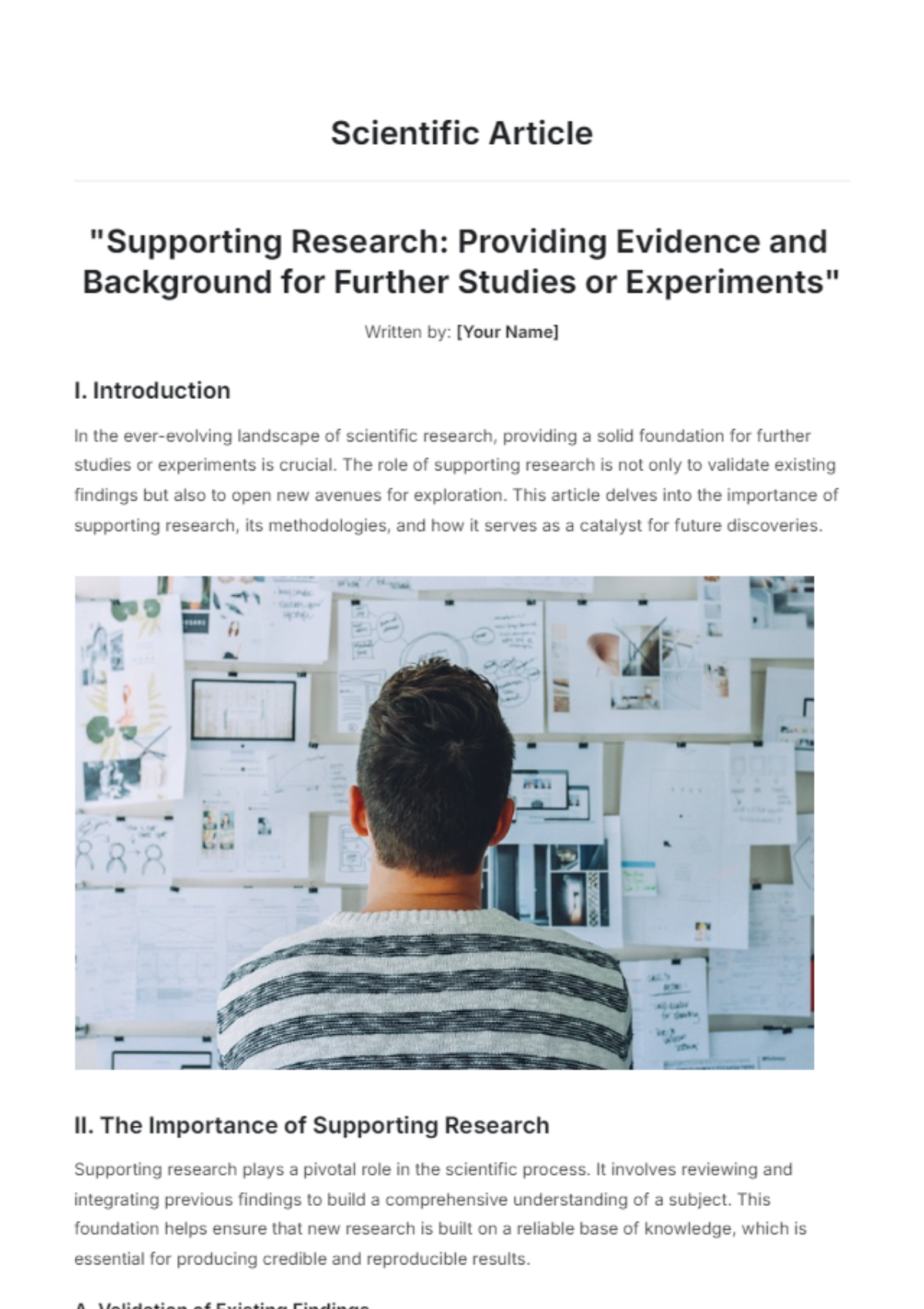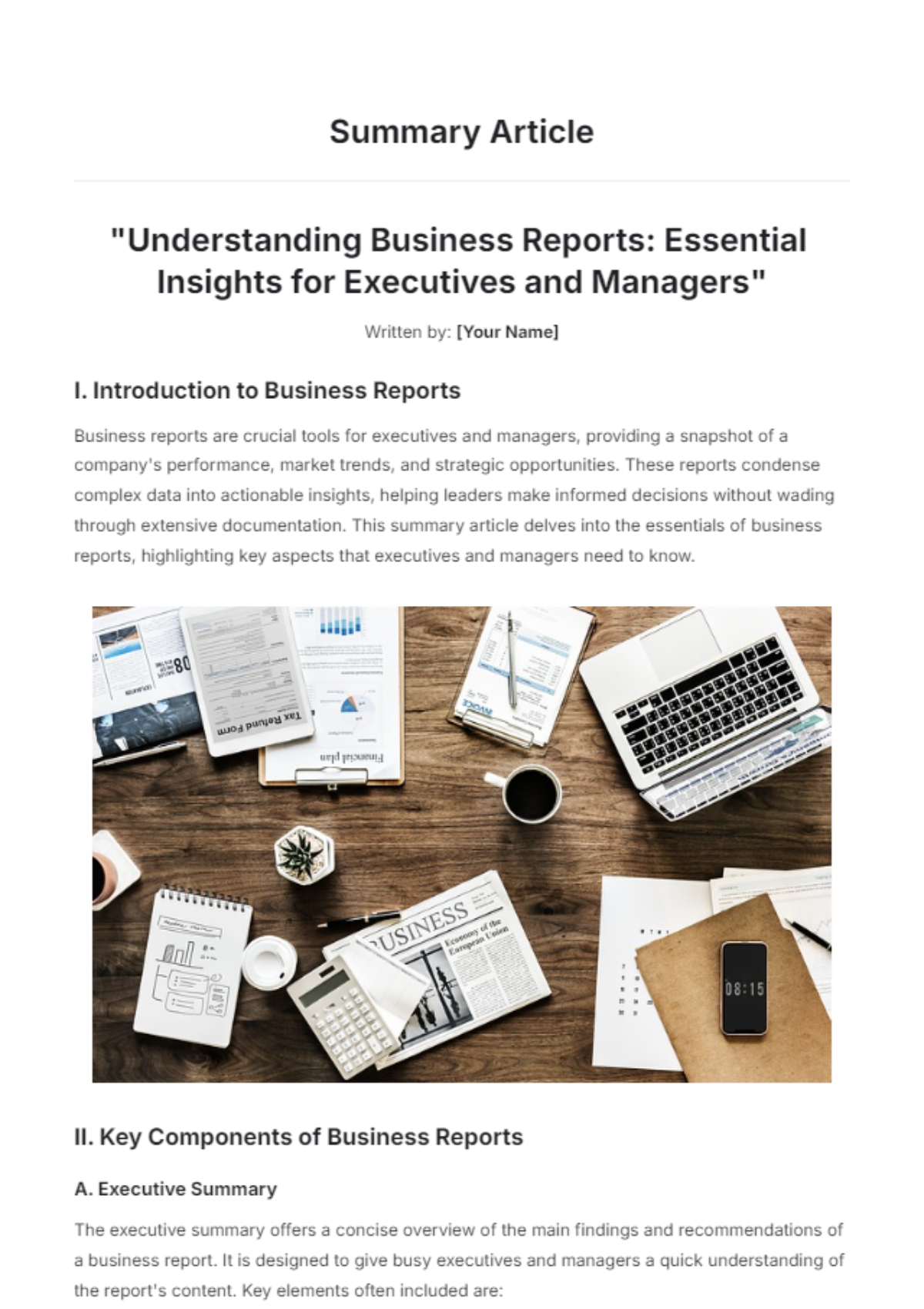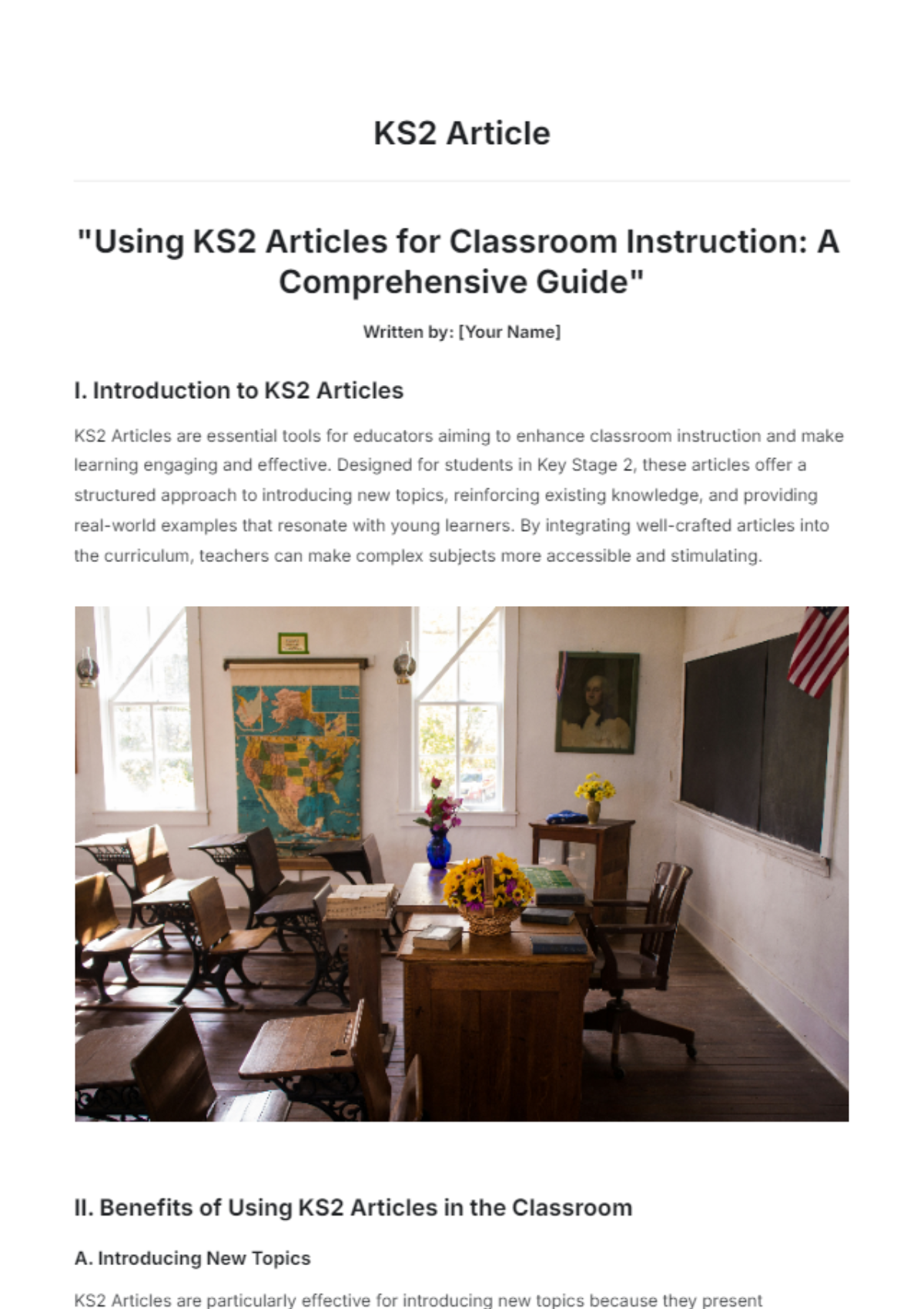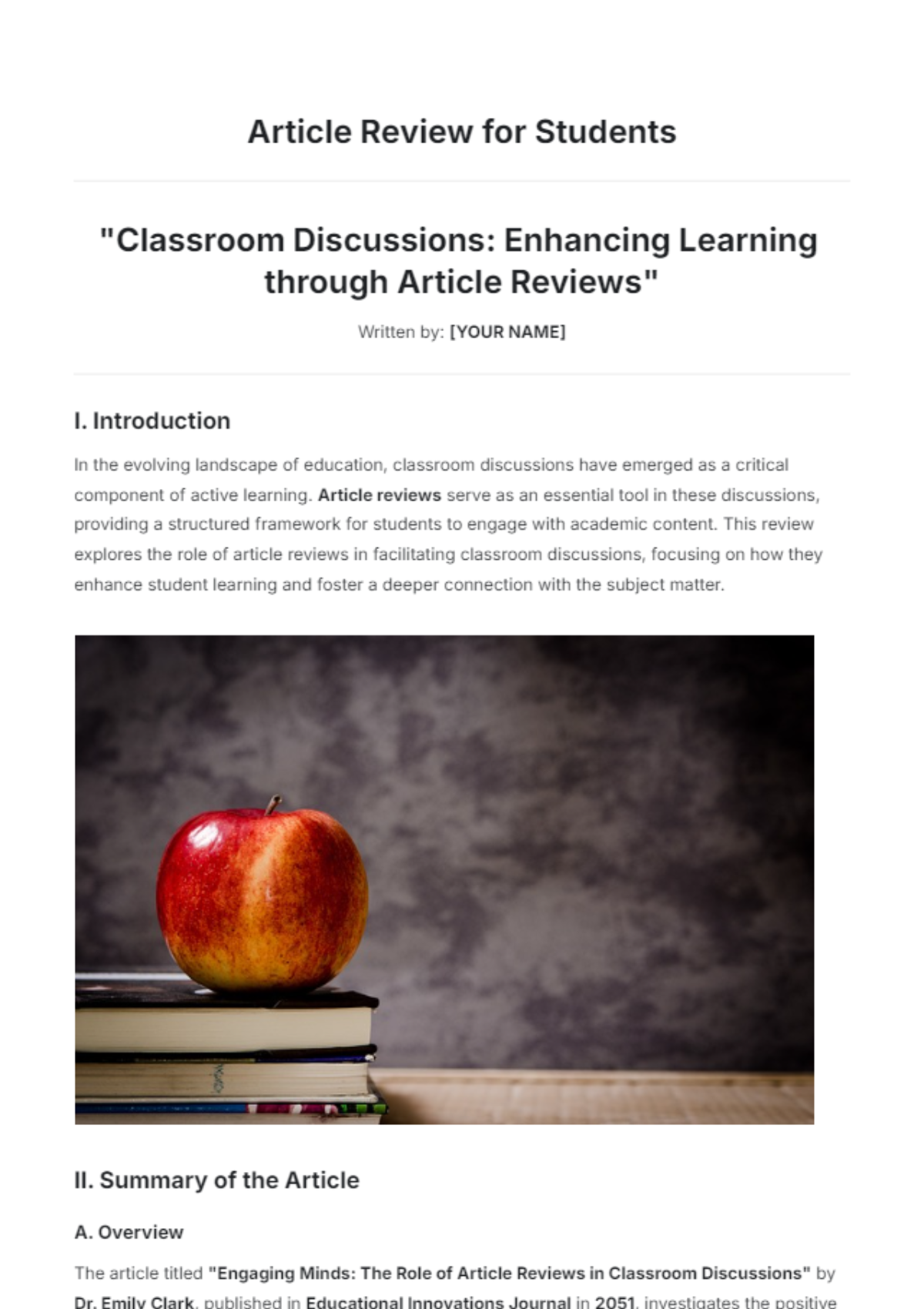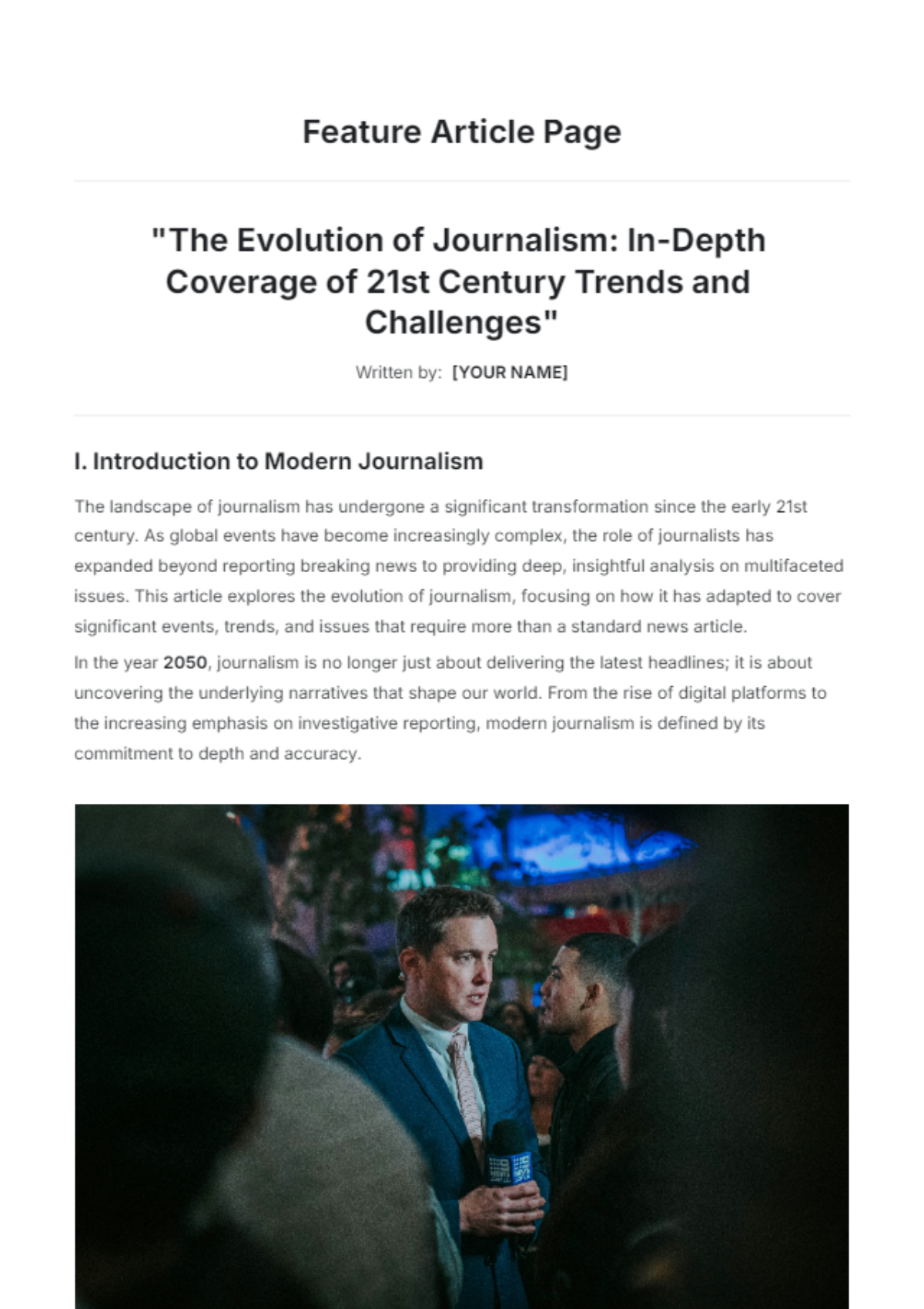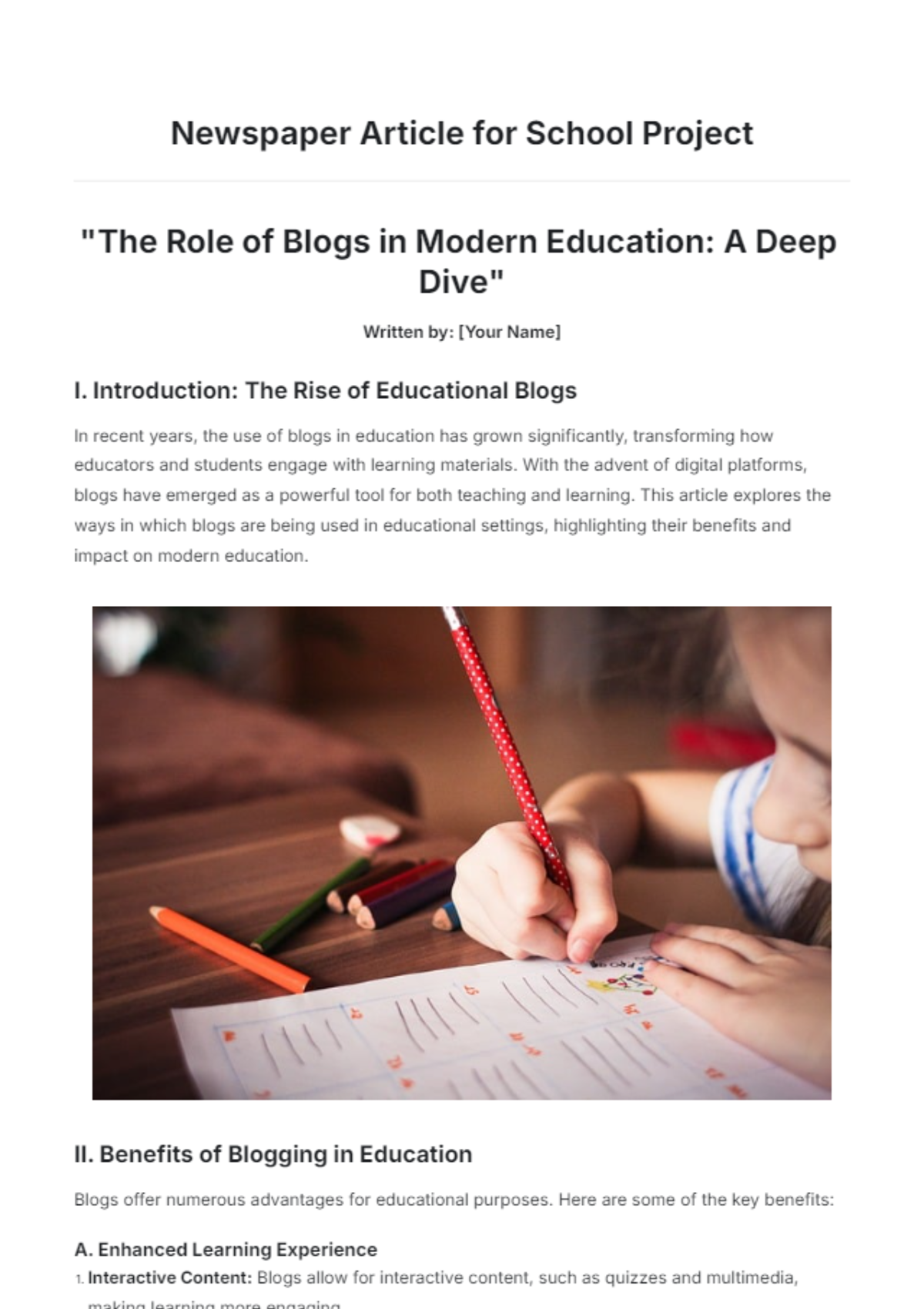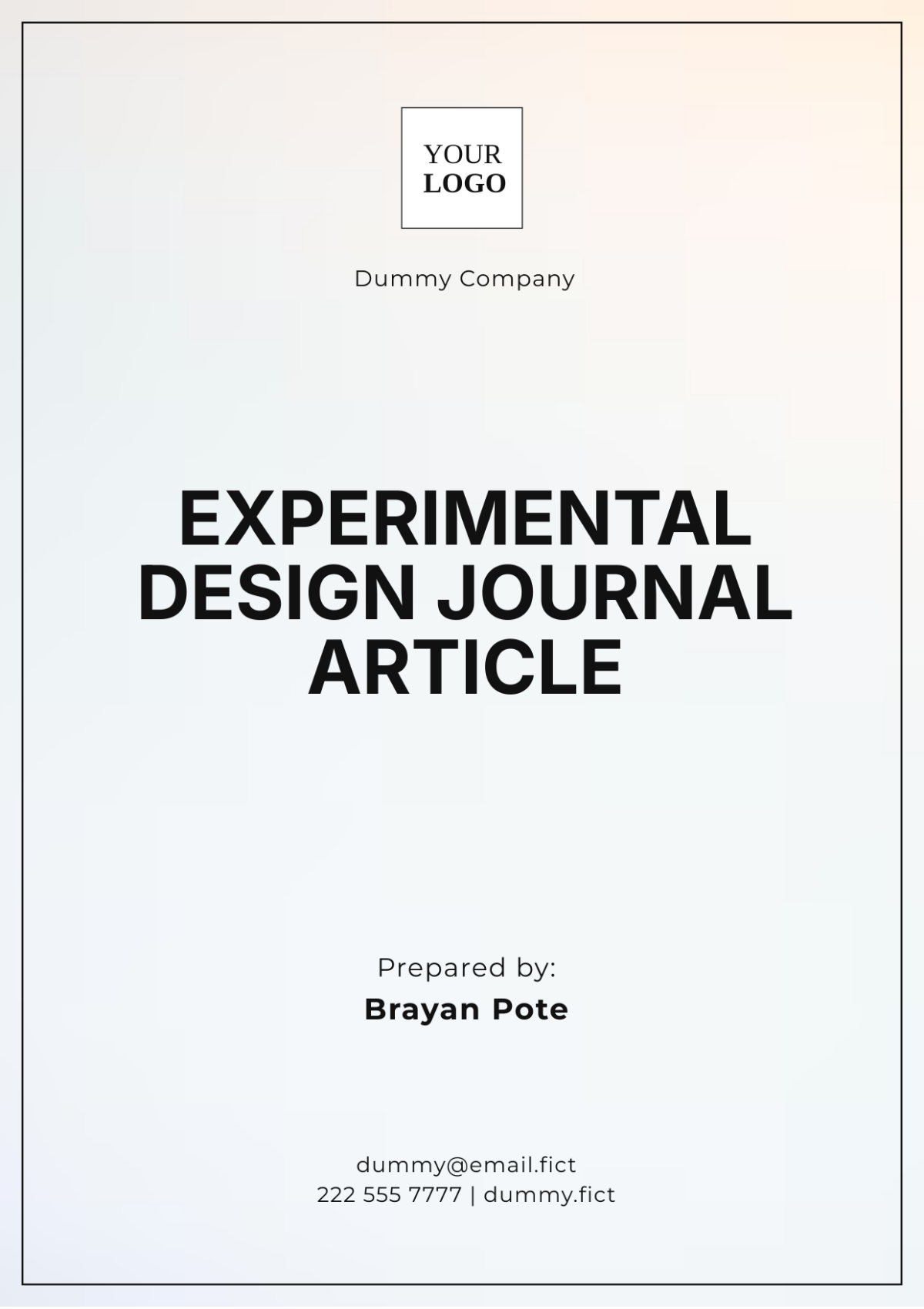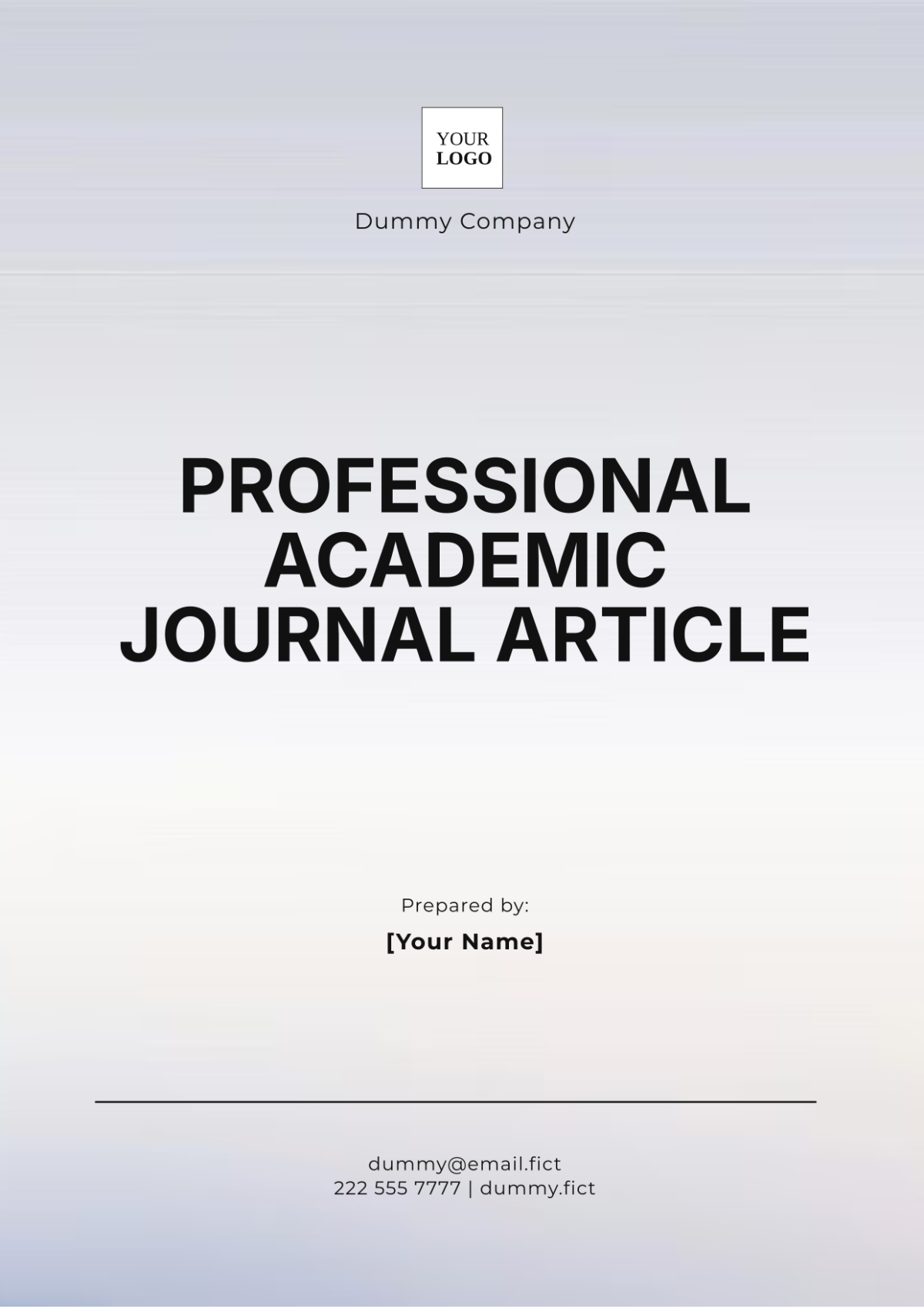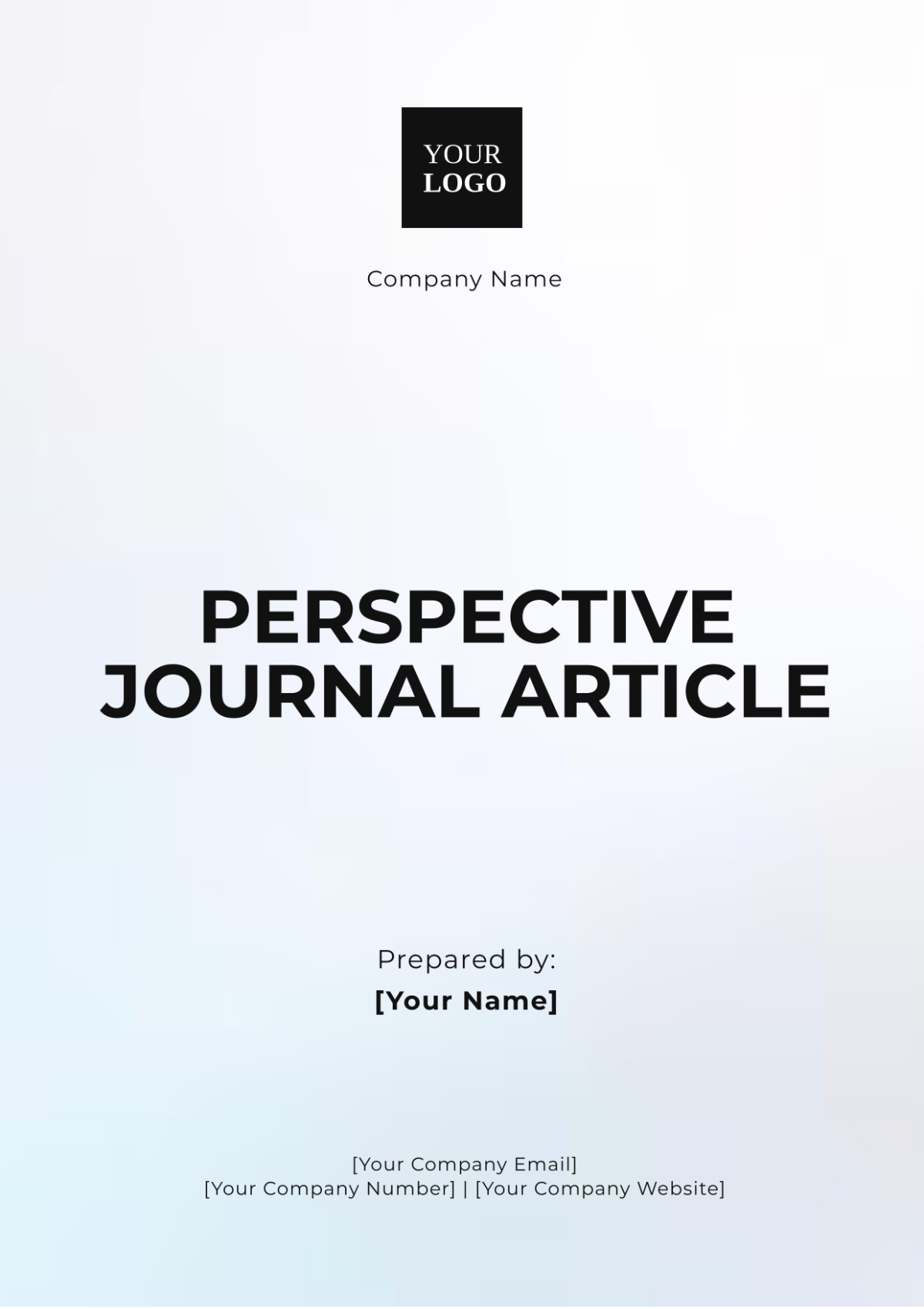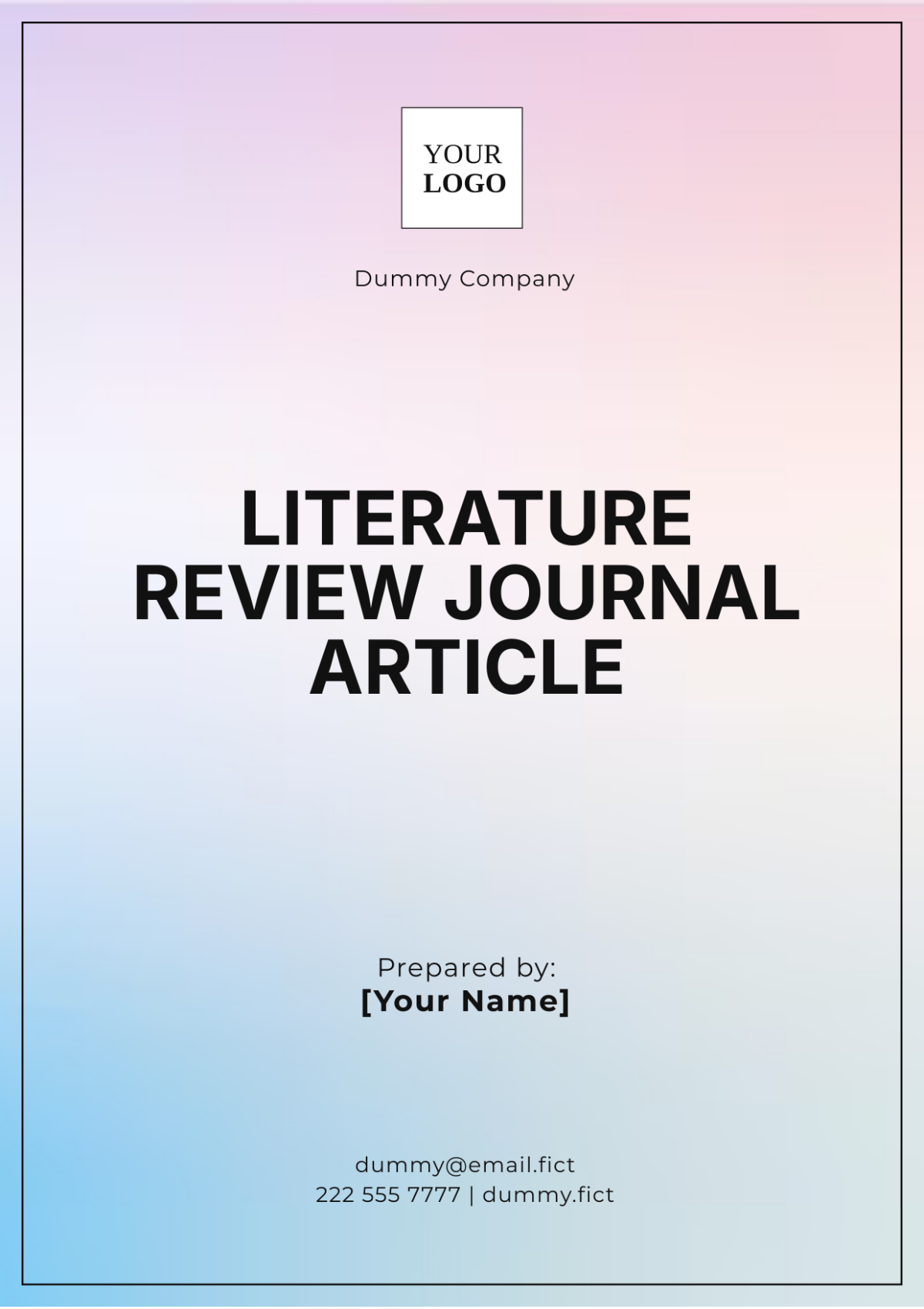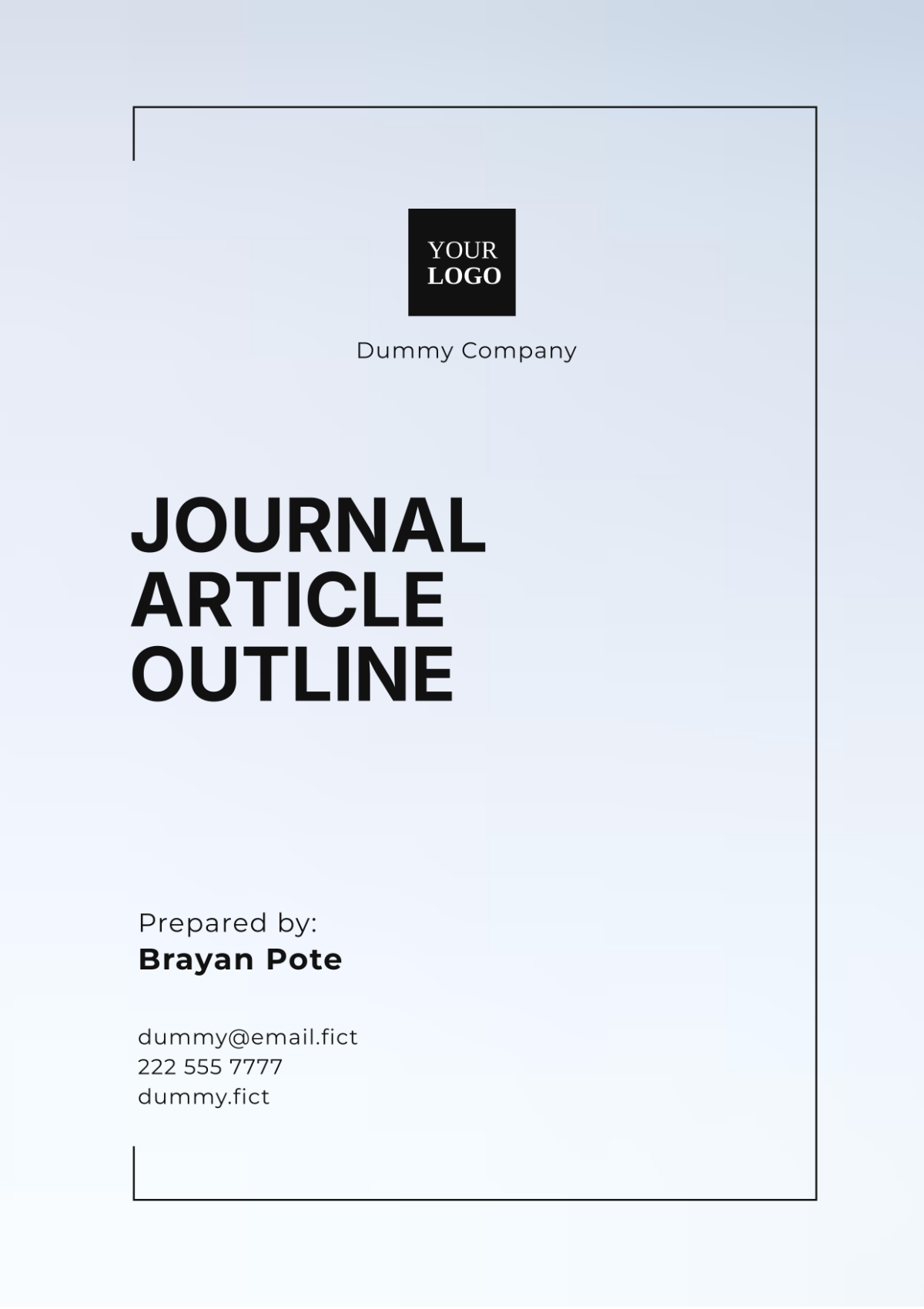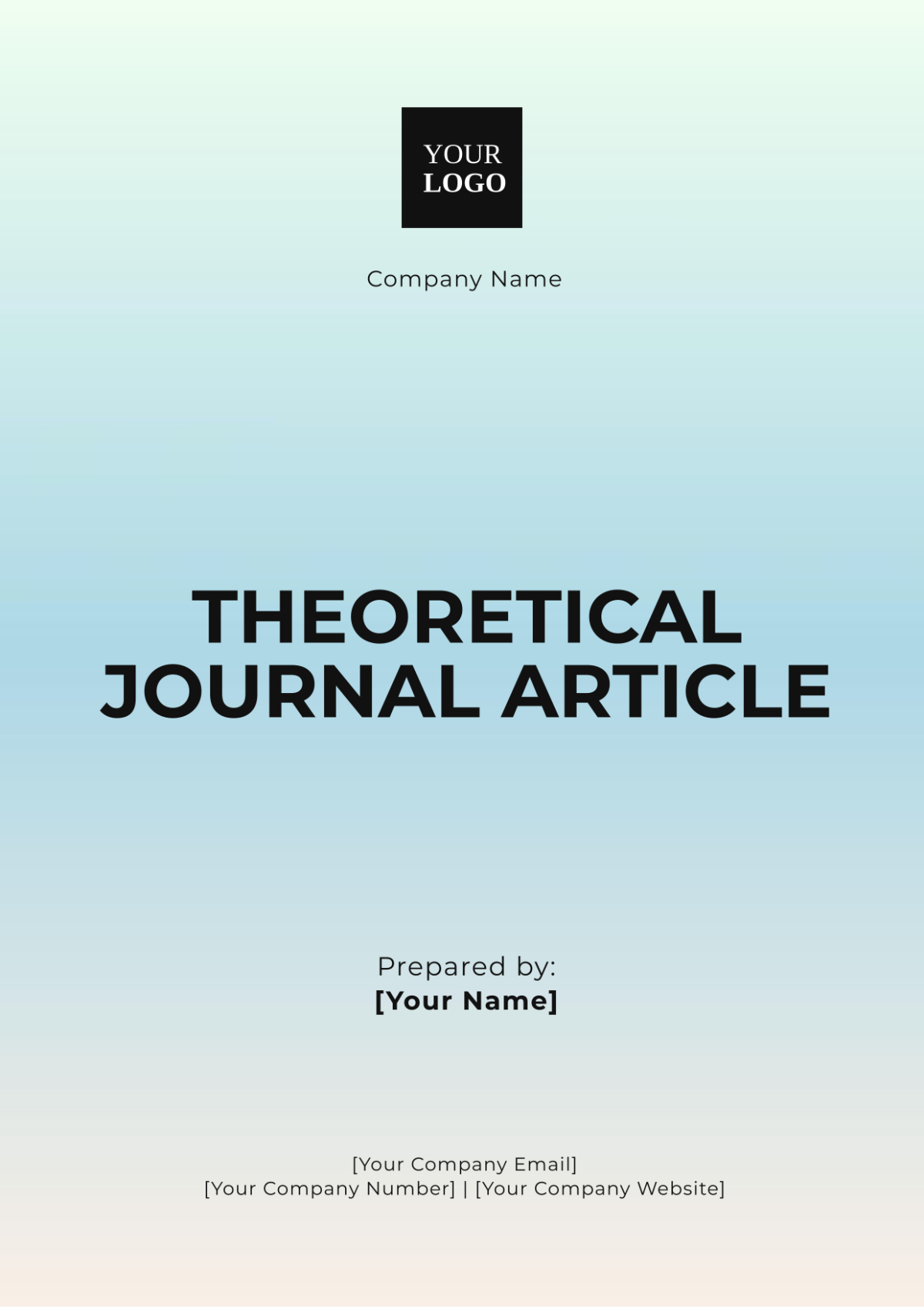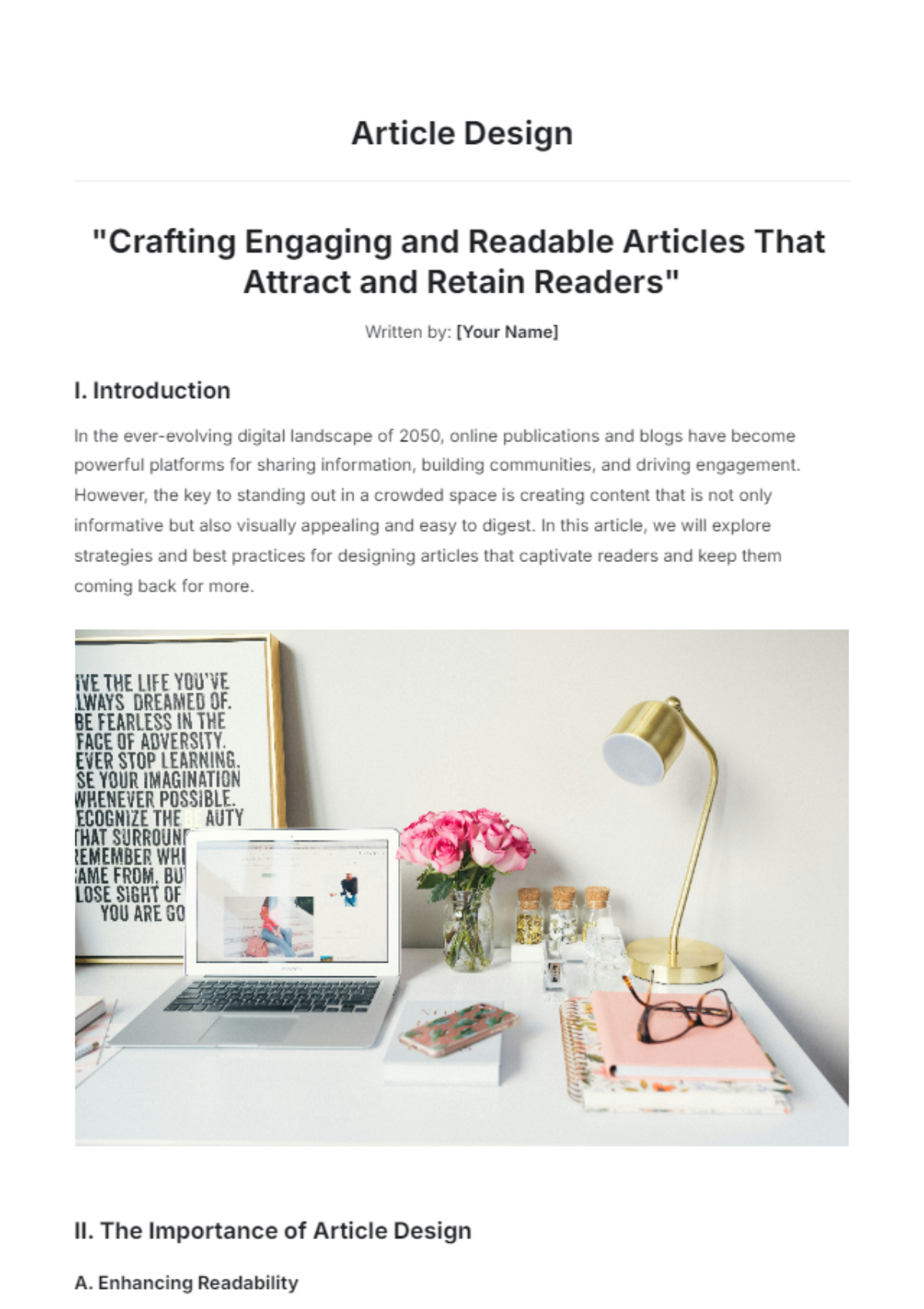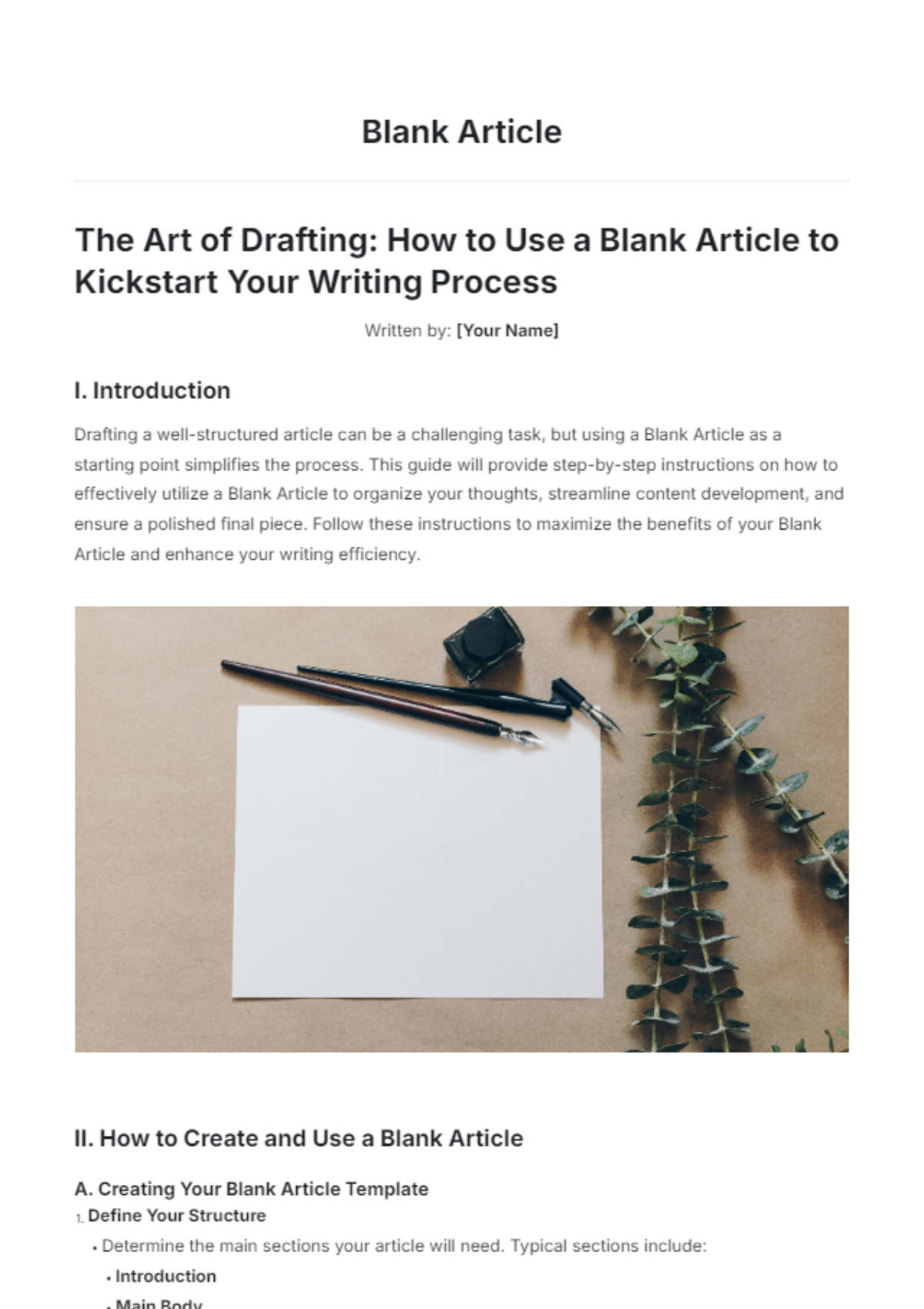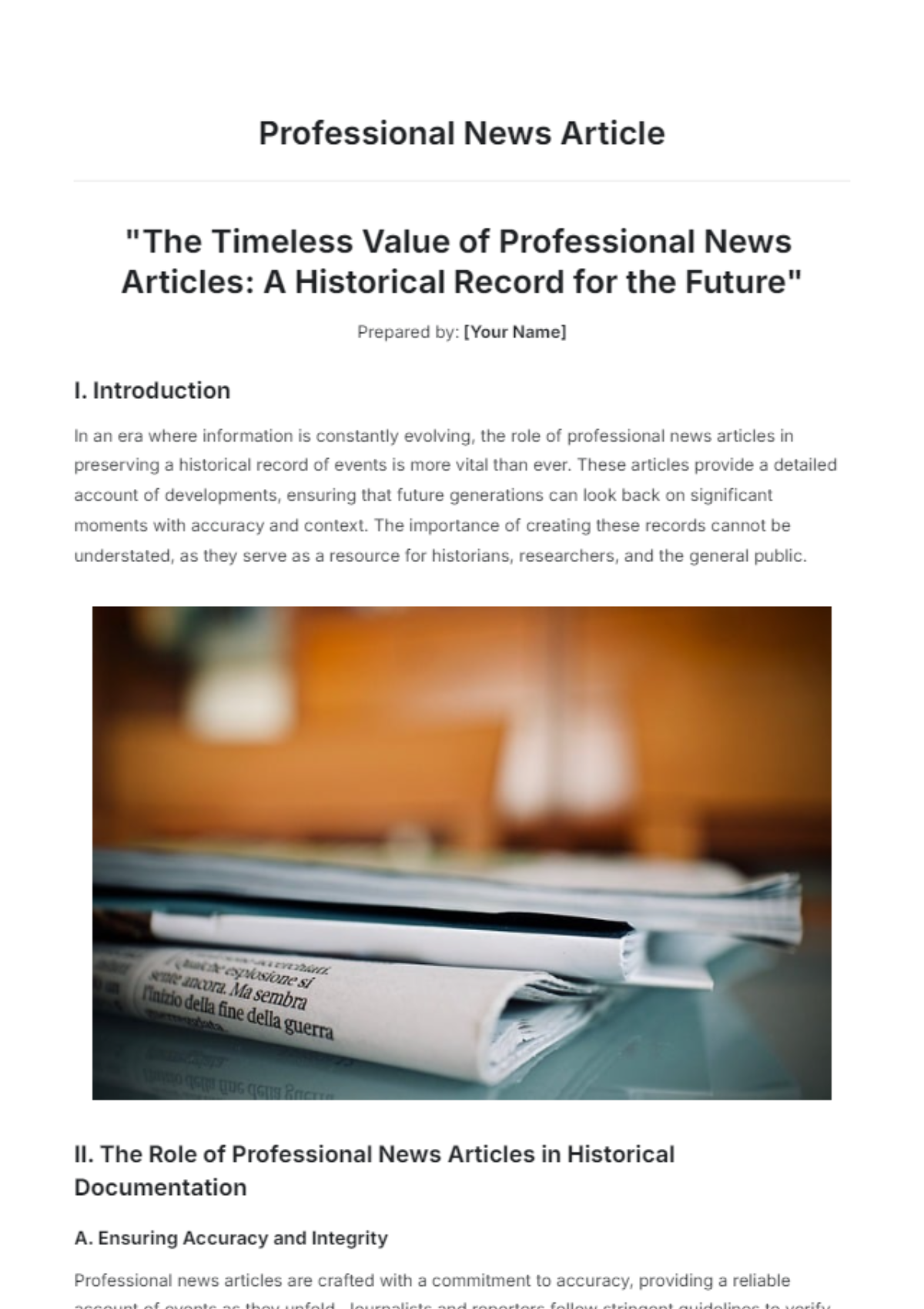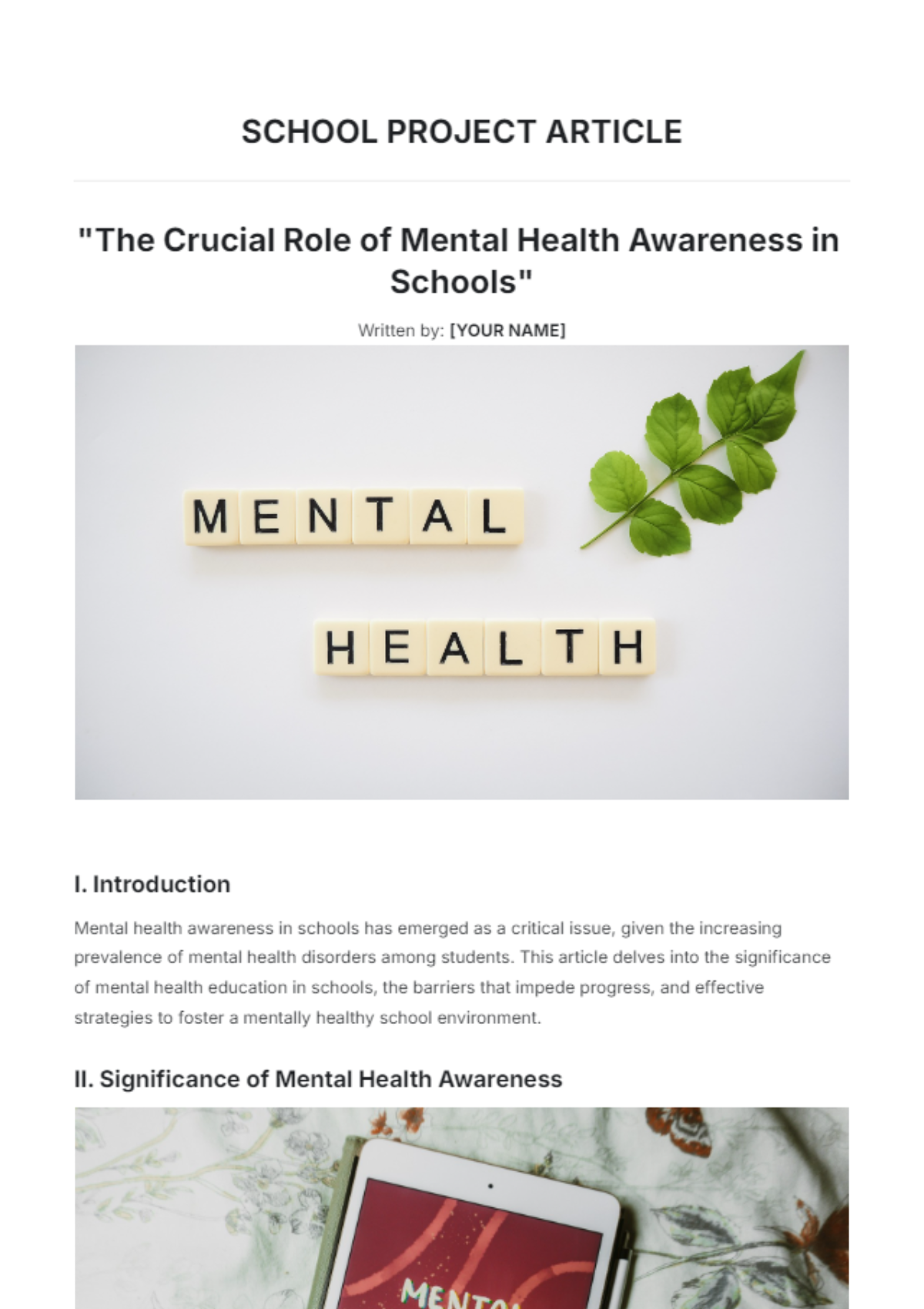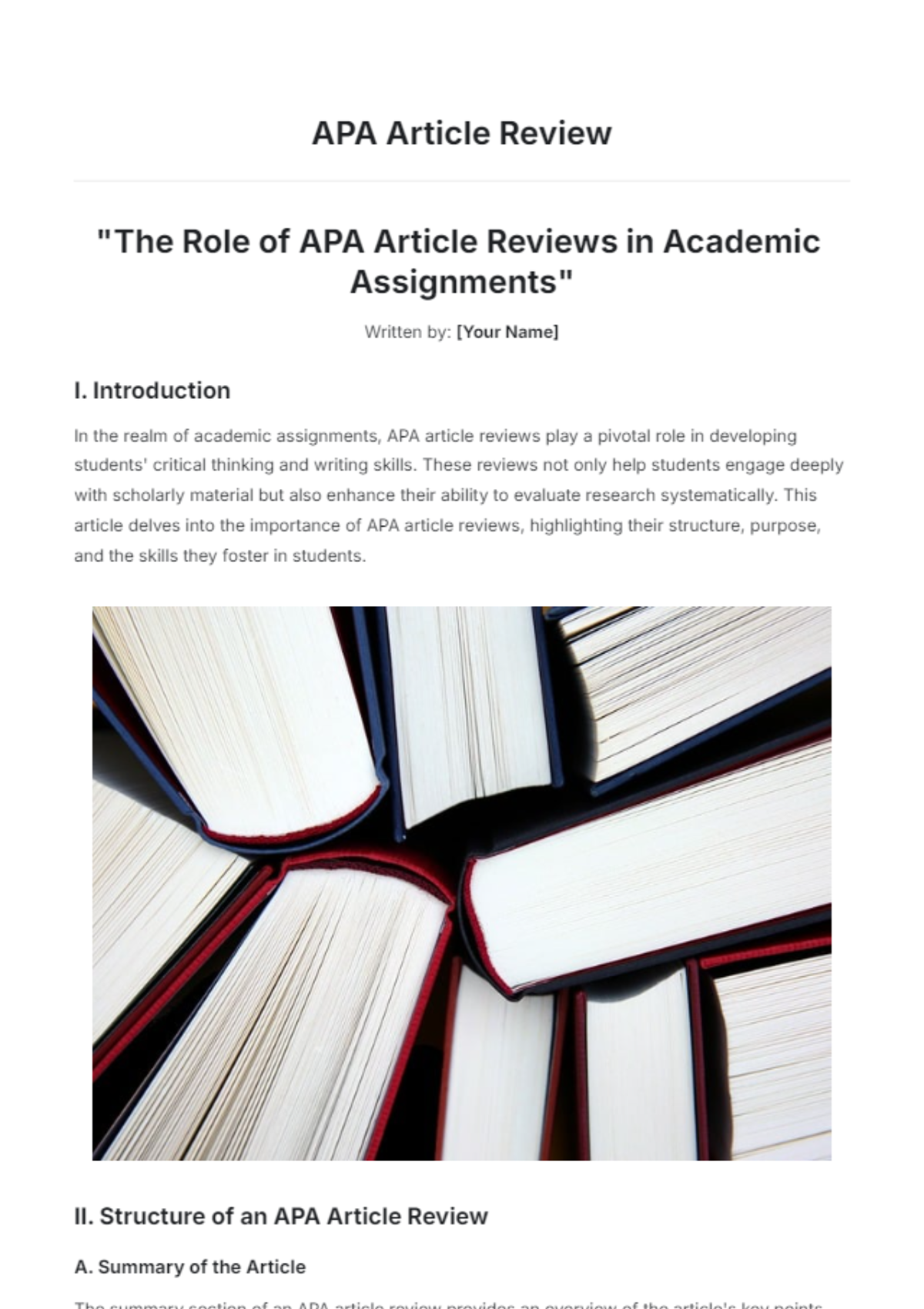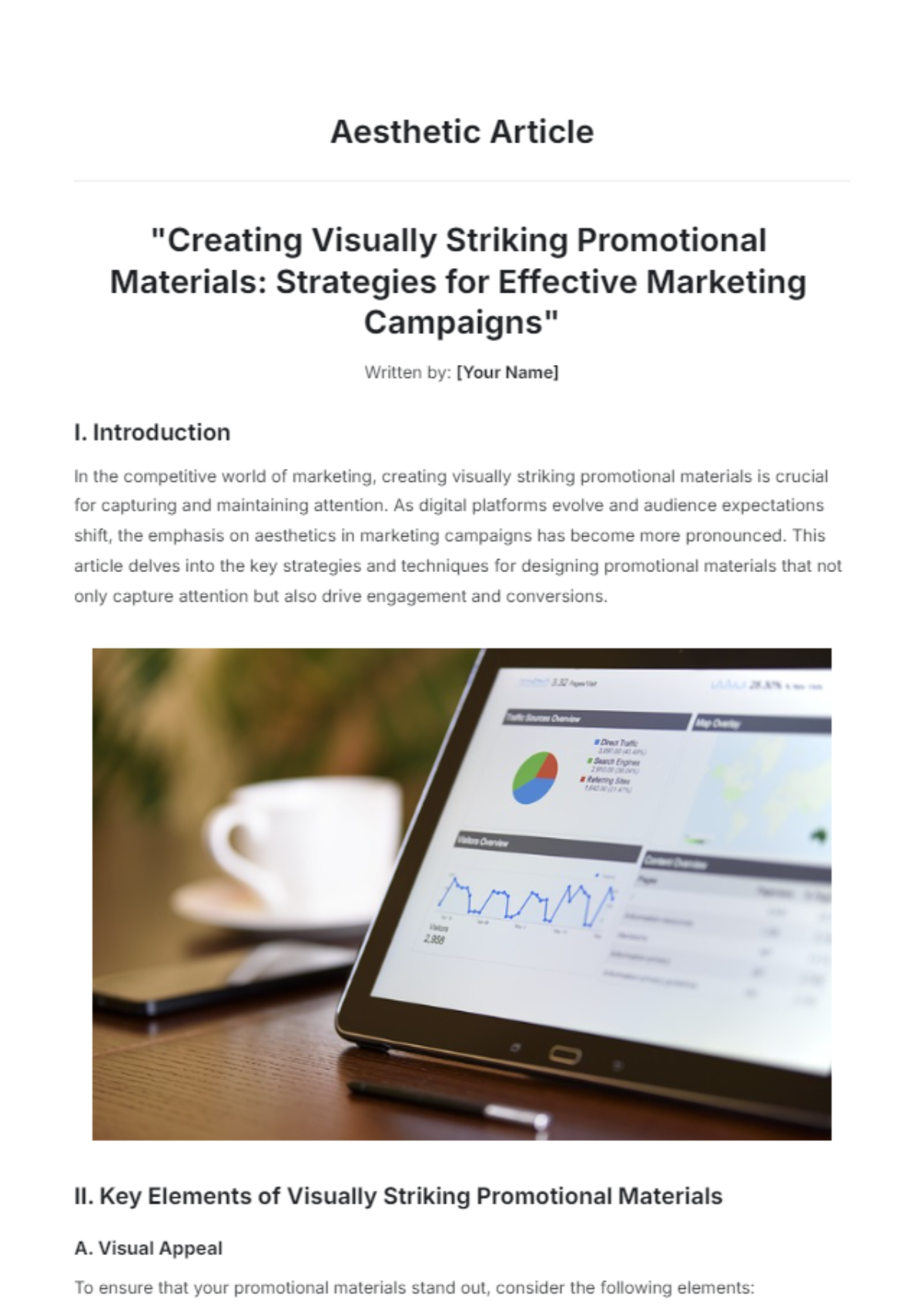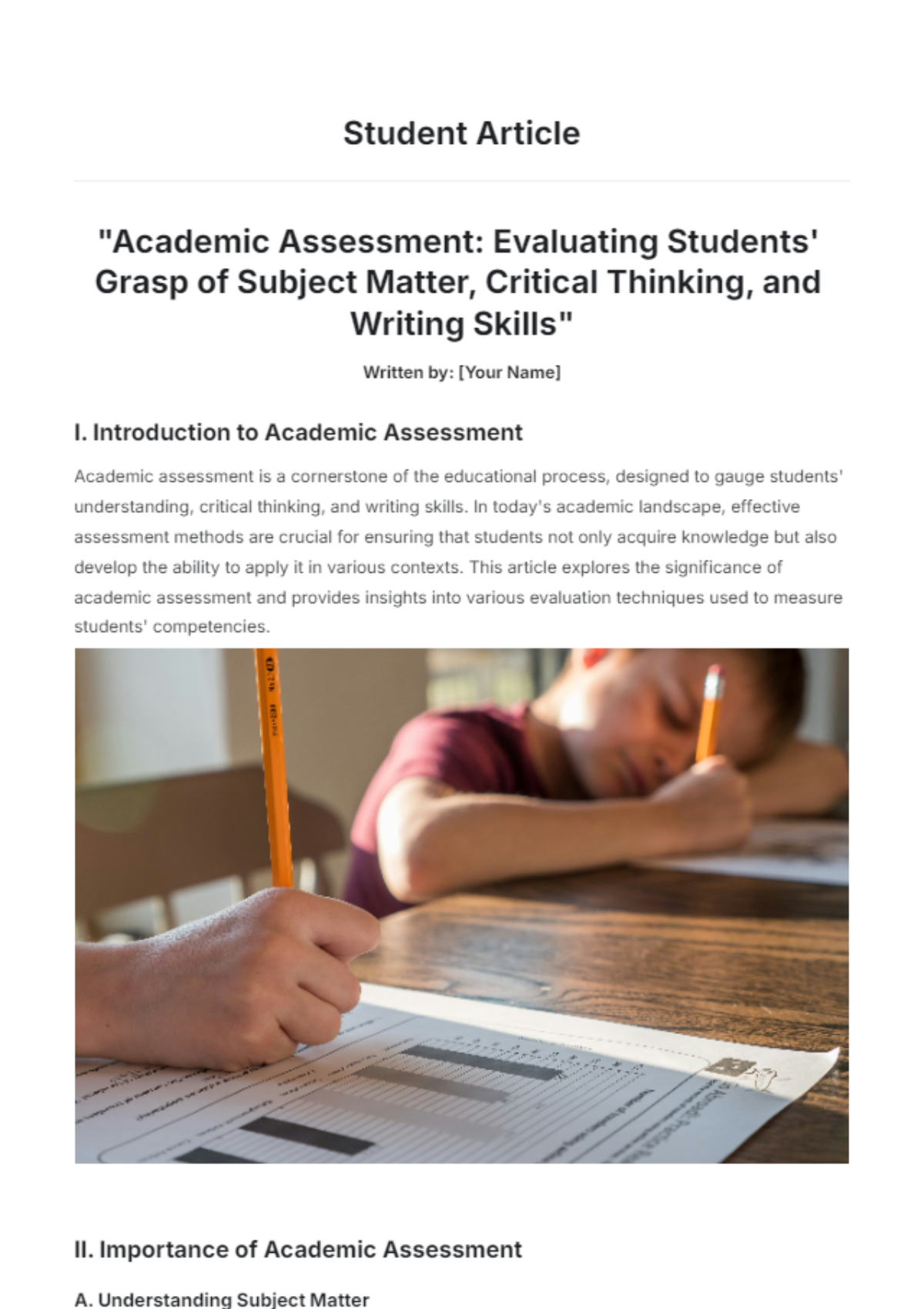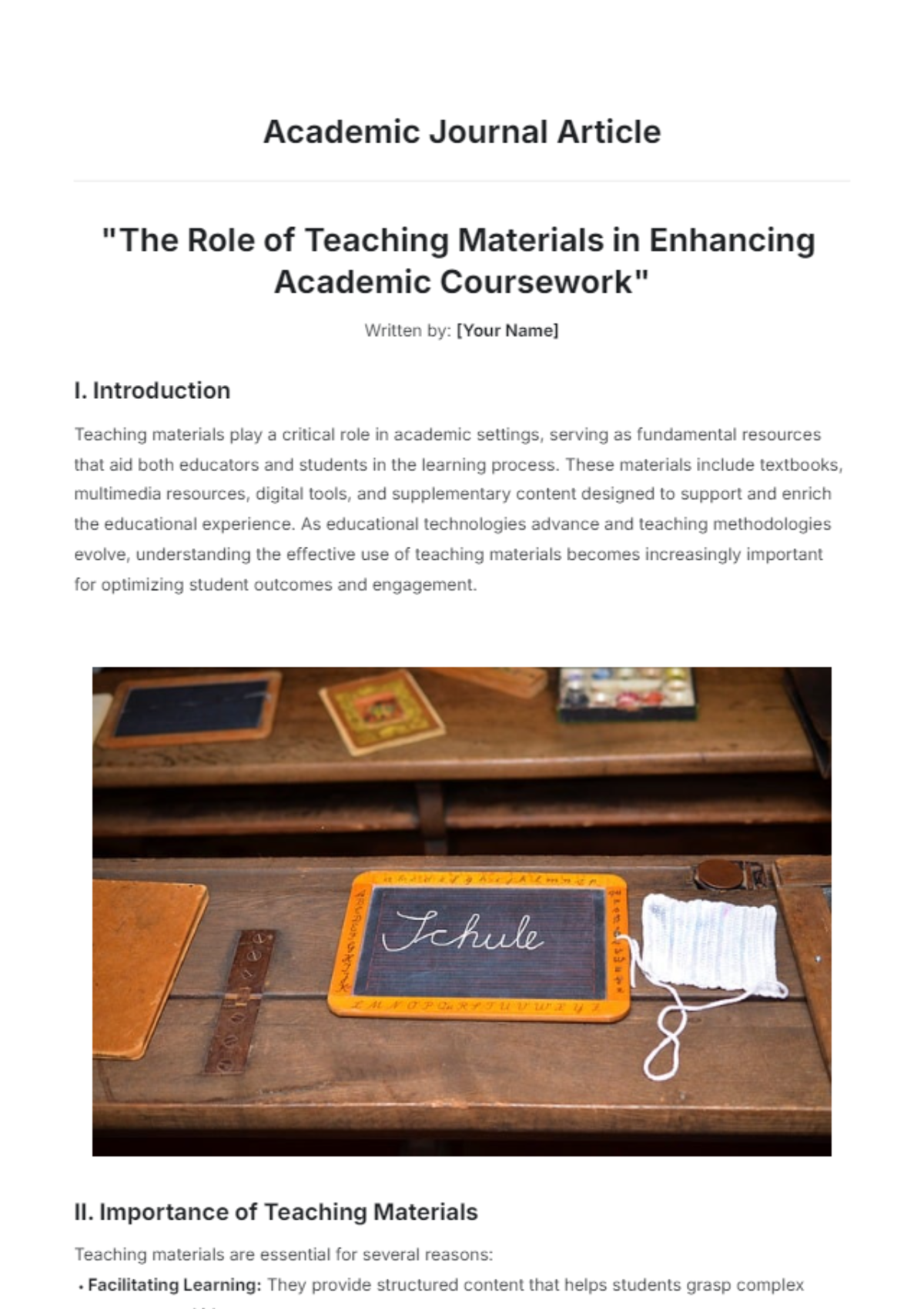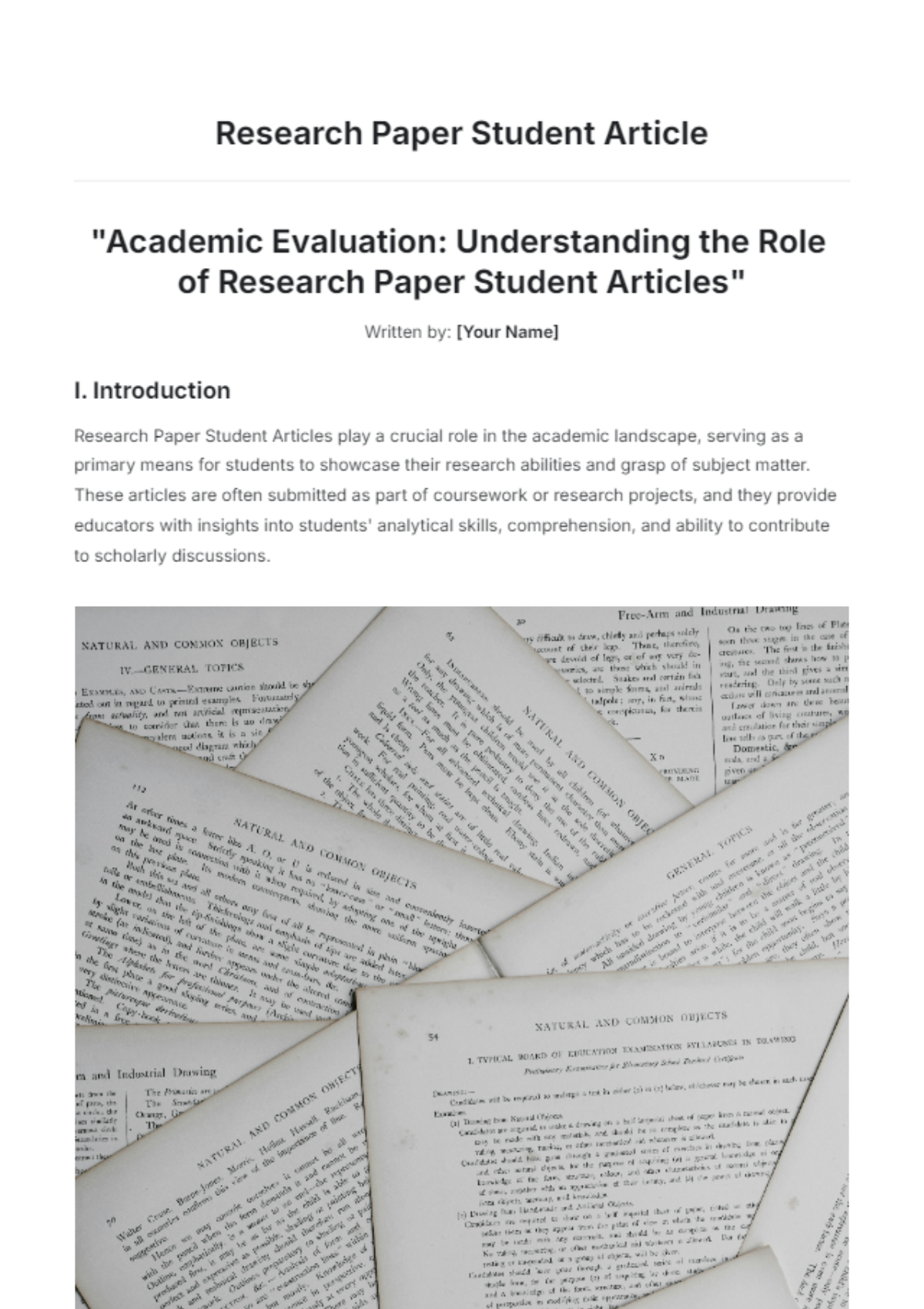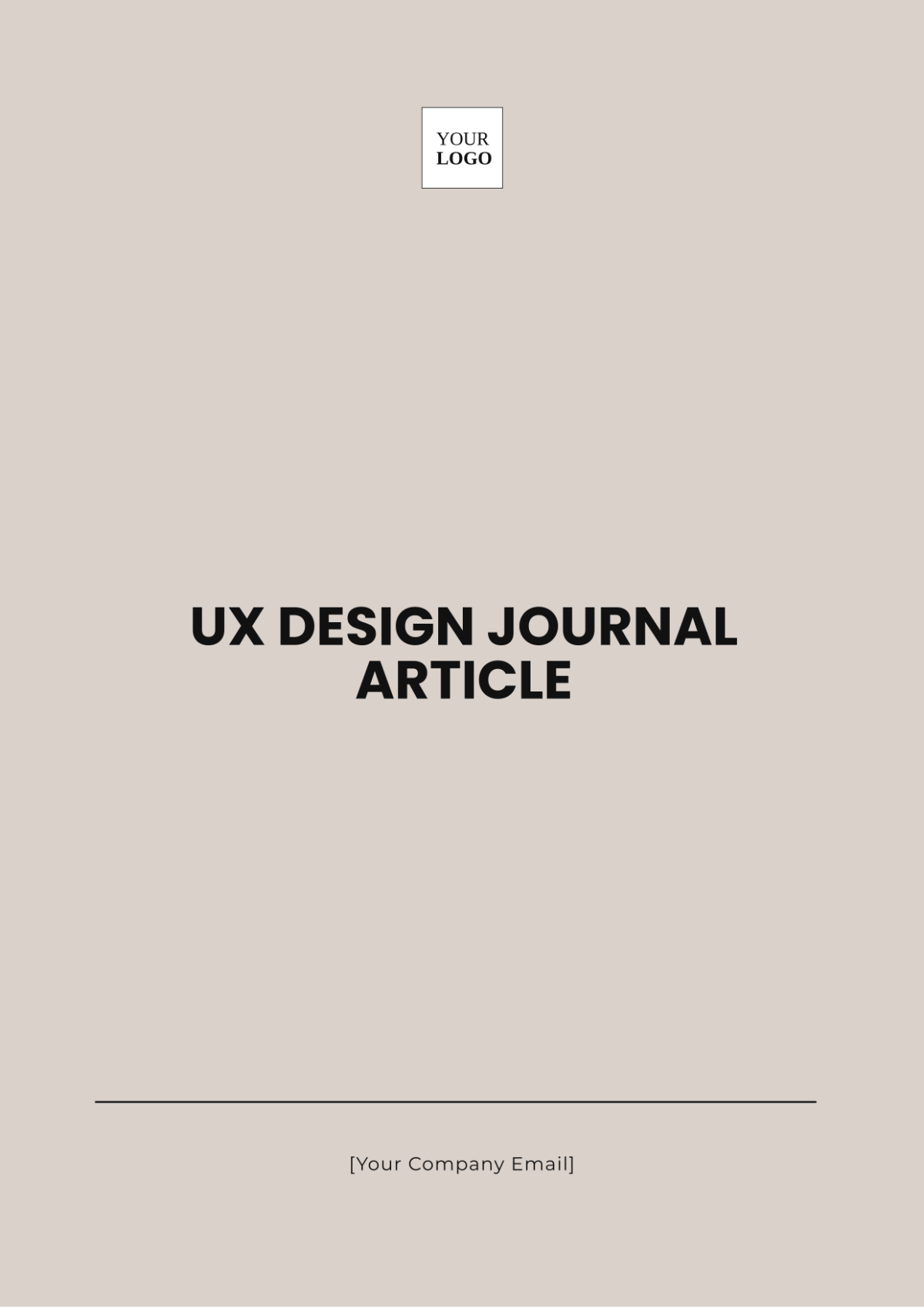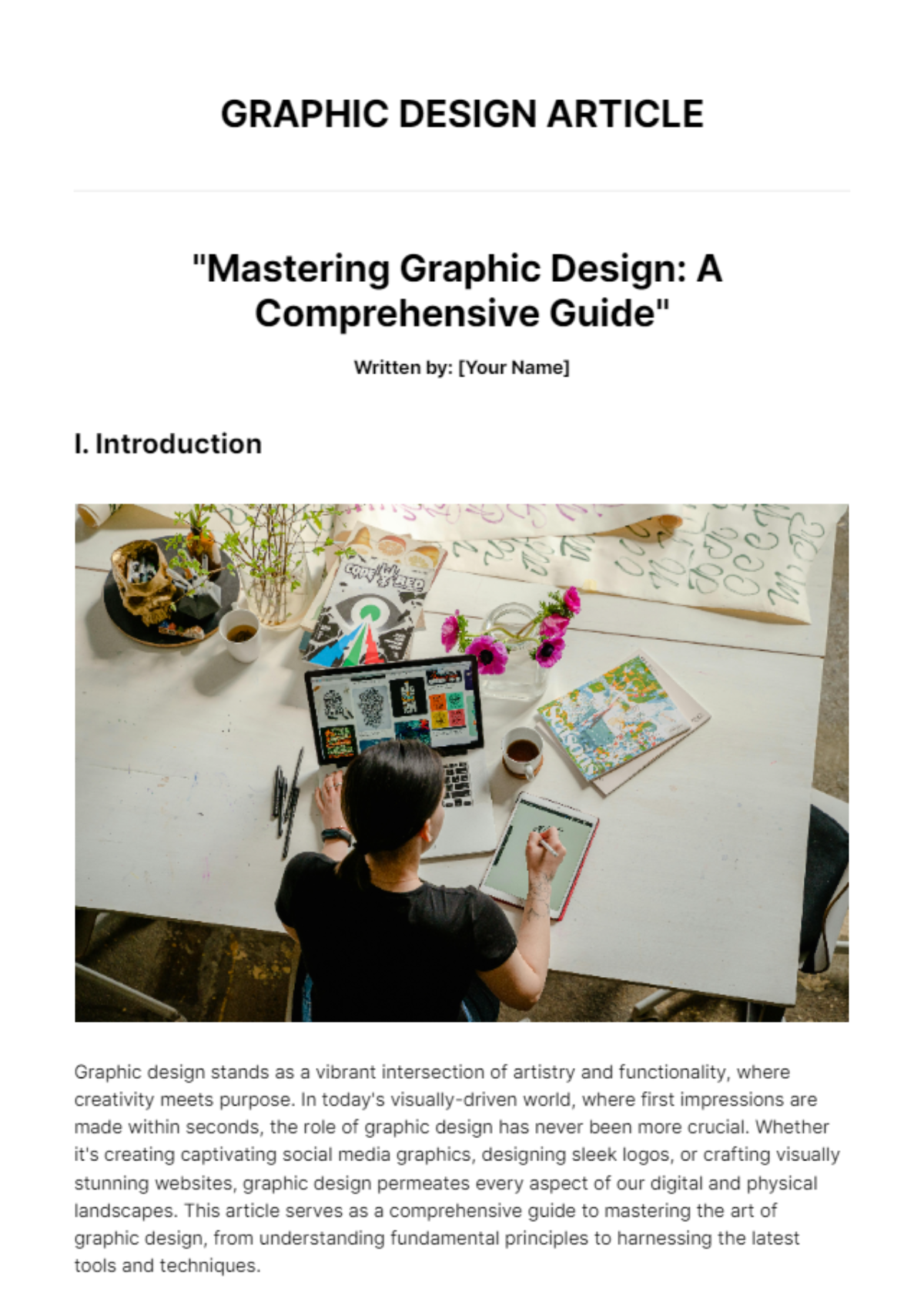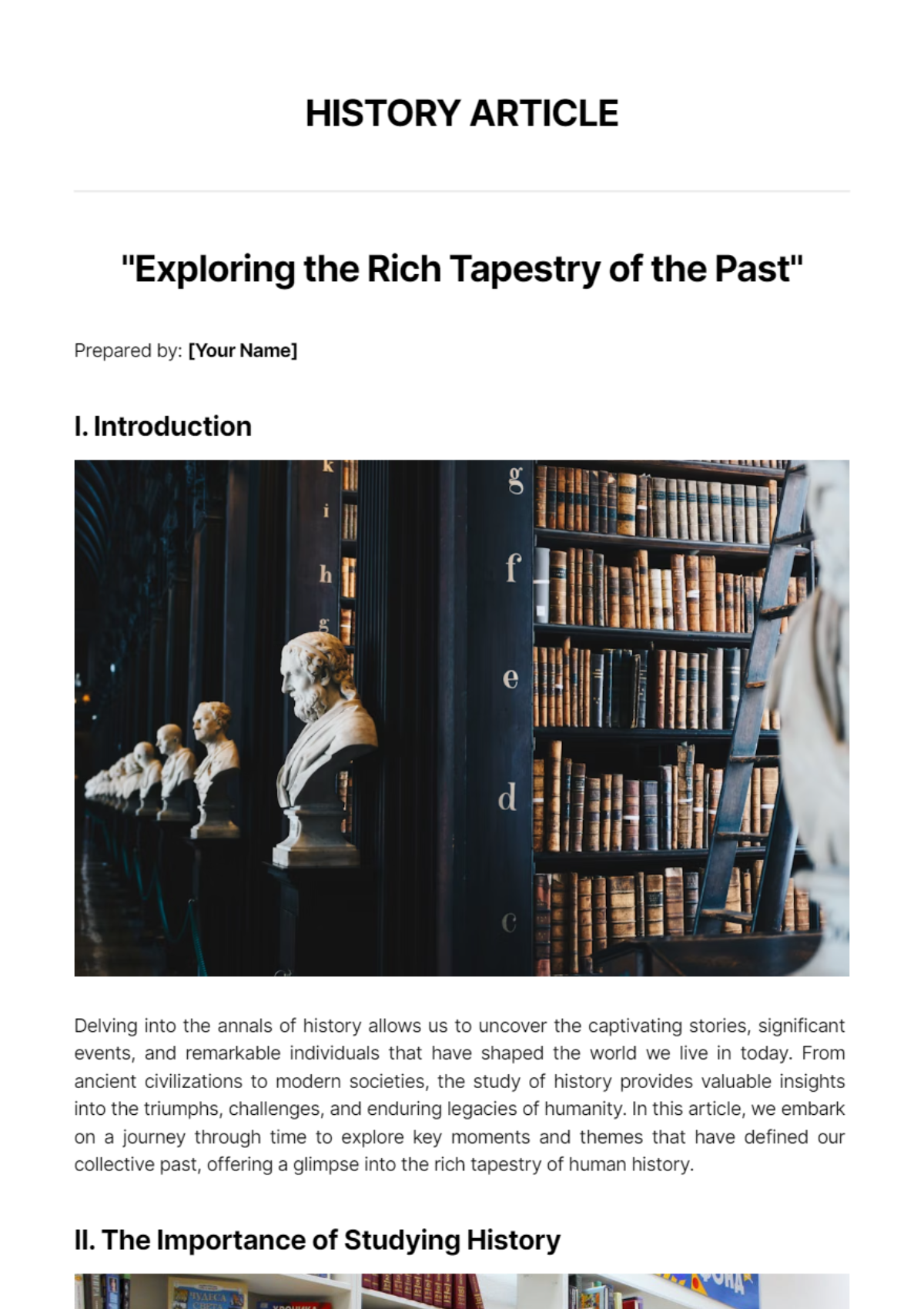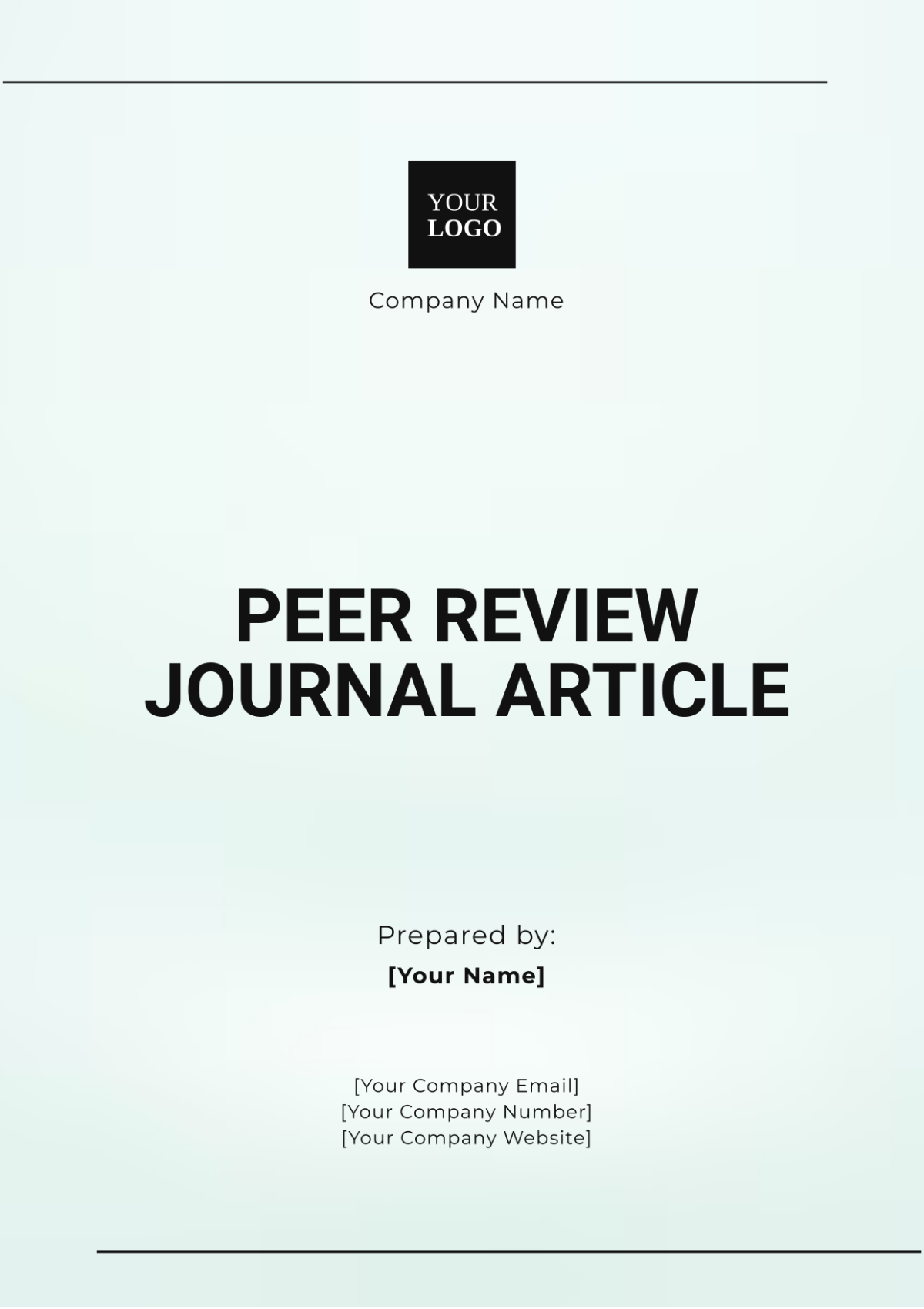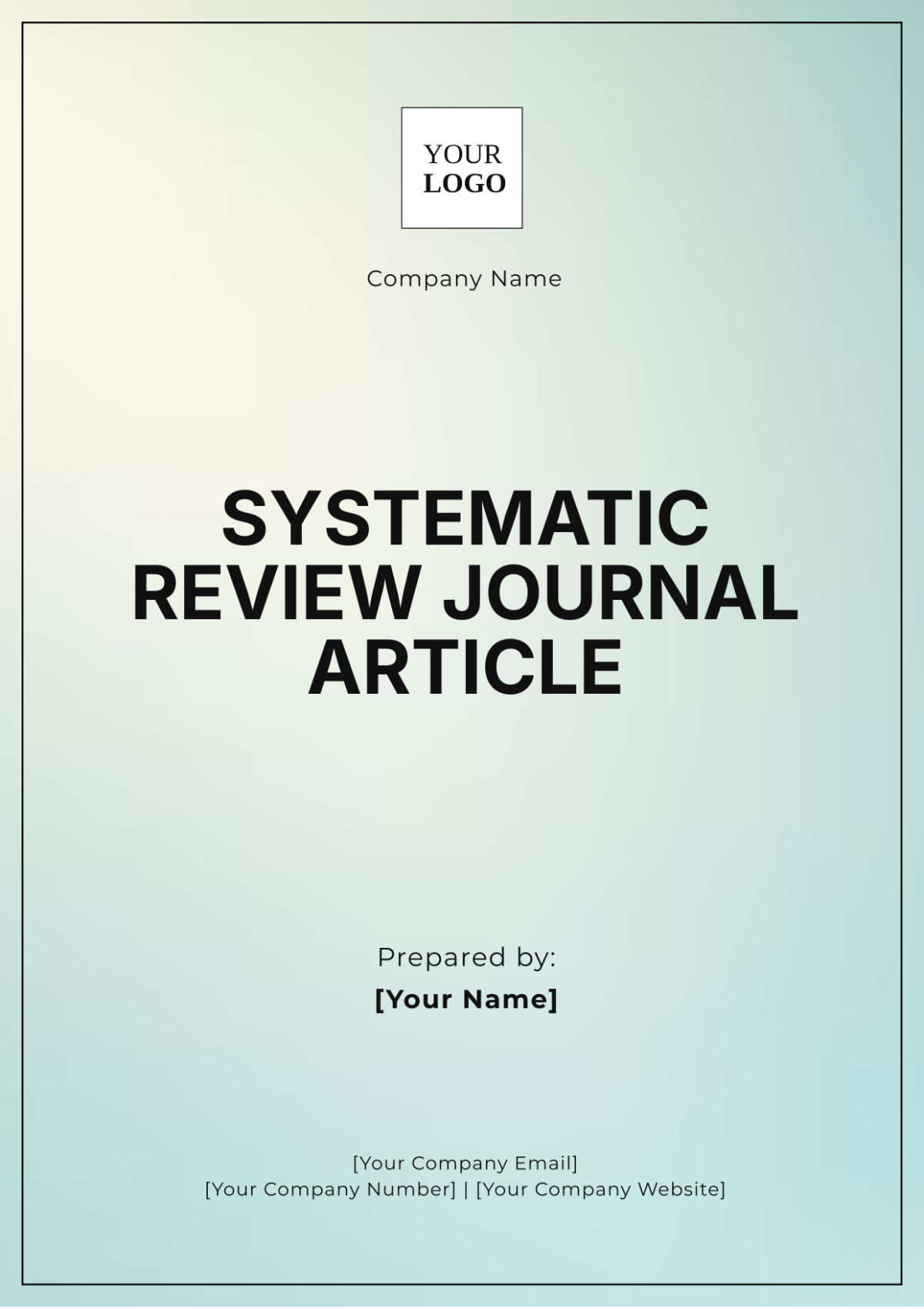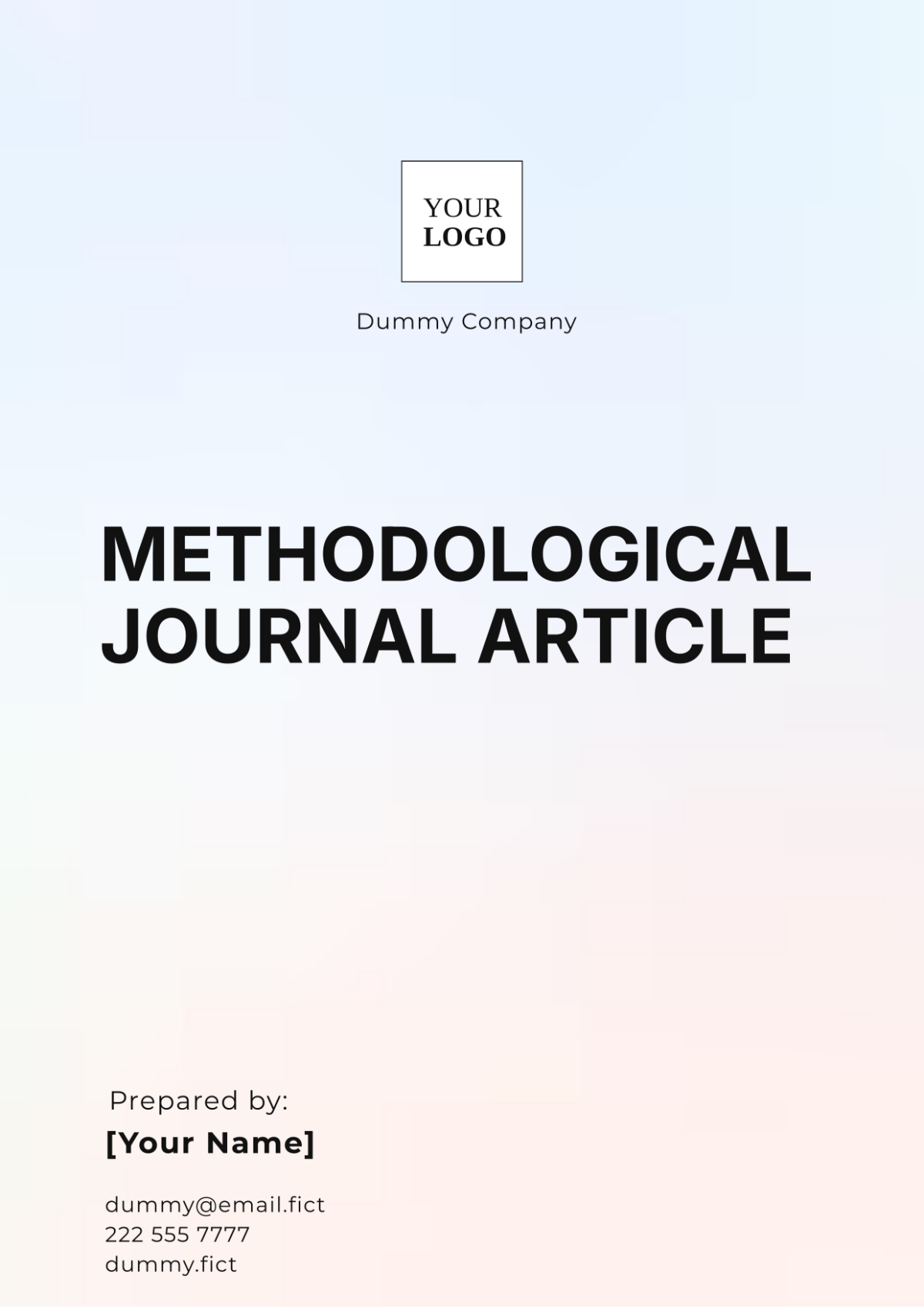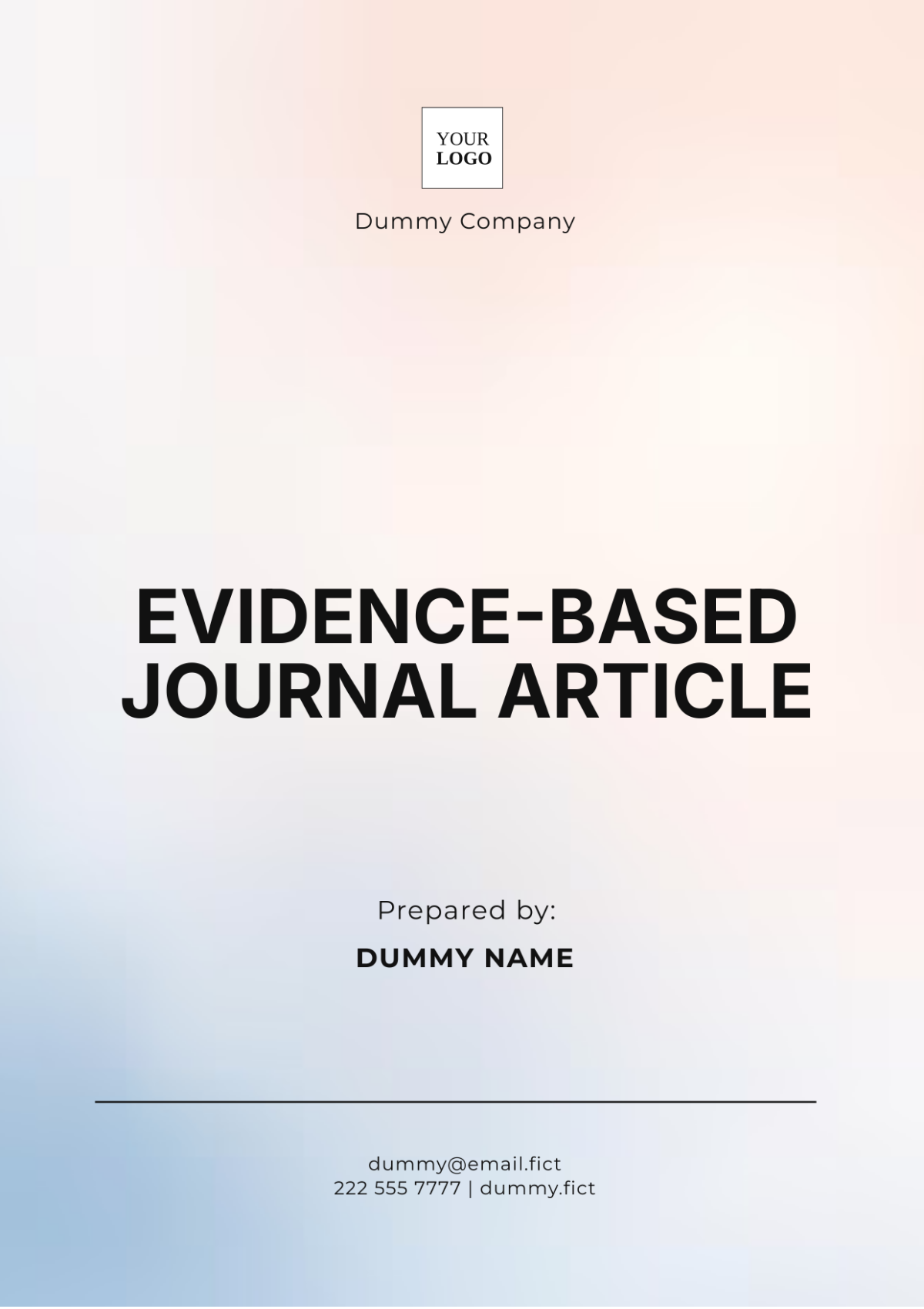Peer-Reviewed Article
Introduction
Peer-reviewed articles are a cornerstone of academic and scientific communication. These articles undergo a rigorous evaluation process by experts in the relevant field before they can be published. The peer-review process ensures the quality, validity, and originality of the research being presented. By undergoing peer review, articles receive scrutiny that enhances credibility and academic integrity.
The Peer-Review Process
Submission and Initial Editorial Review
The peer-review process begins when an author submits a manuscript to a scholarly journal. The journal's editorial team conducts an initial review to determine if the manuscript aligns with the journal's scope and standards. If the initial criteria are met, the manuscript proceeds to the next stage.
Selection of Reviewers
Journal editors select reviewers who are experts in the manuscript's subject area. These reviewers assess the manuscript for several aspects, including its methodological rigor, significance, and contribution to the field. Typically, two or more reviewers are chosen to provide a balanced evaluation.
Reviewer's Evaluation and Feedback
The reviewers carefully read the manuscript and provided detailed feedback. They evaluate the manuscript’s strengths and weaknesses, suggest improvements, and recommend acceptance, revision, or rejection. Reviewer comments are often anonymized to encourage honest and unbiased critiques.
Author Revisions
Authors receive the reviewers’ comments and are usually required to make revisions. This might involve correcting errors, clarifying ambiguities, or providing additional data. The manuscript is then resubmitted for further review. This iterative process can occur multiple times before final acceptance.
Final Editorial Decision
Once the reviewers and authors reach consensus on the manuscript's quality and content, the journal's editorial board makes the final decision on publication. If accepted, the manuscript moves forward to the production stage. If rejected, authors may seek to improve their work and submit it to another journal.
Significance of Peer-Reviewed Articles in Academia
Peer-reviewed articles play a crucial role in the advancement of knowledge. They serve as a reliable source of information for researchers, educators, policymakers, and practitioners. Because of their vetted nature, these articles help build a foundation for further research by ensuring that published findings are credible and scientifically sound.
Challenges in the Peer-Review Process
Limitations in Peer Review
Despite its importance, the peer-review process is not without flaws. Limitations include potential biases, variability in reviewer quality, and the sometimes lengthy duration of reviews. Additionally, the anonymity of reviewers can sometimes lead to less accountability and transparency in the review process.
Solutions and Innovations
To address these challenges, several solutions are being explored. Open peer review, where reviewer names and comments are disclosed, aims to increase transparency. The use of artificial intelligence to assist in the review process can help identify errors and ensure consistency. Continuous peer review, where articles are reviewed and updated post-publication, is another emerging approach to maintaining ongoing accuracy.
Impact on Scholarly and Public Discourse
Peer-reviewed articles significantly influence both scholarly and public discourse. They inform best practices in various disciplines, influence public policy decisions, and contribute to scientific and technological advancements. Moreover, they are integral to the education of future scholars by providing exemplary models of rigorous research.
Conclusion
In conclusion, peer-reviewed articles are vital to maintaining the integrity and progress of academic research. The peer-review process, while not perfect, is essential for validating and disseminating high-quality research. As academia continues to evolve, so too must the methods and practices of peer review to ensure the continued reliability and relevance of scholarly publications.
